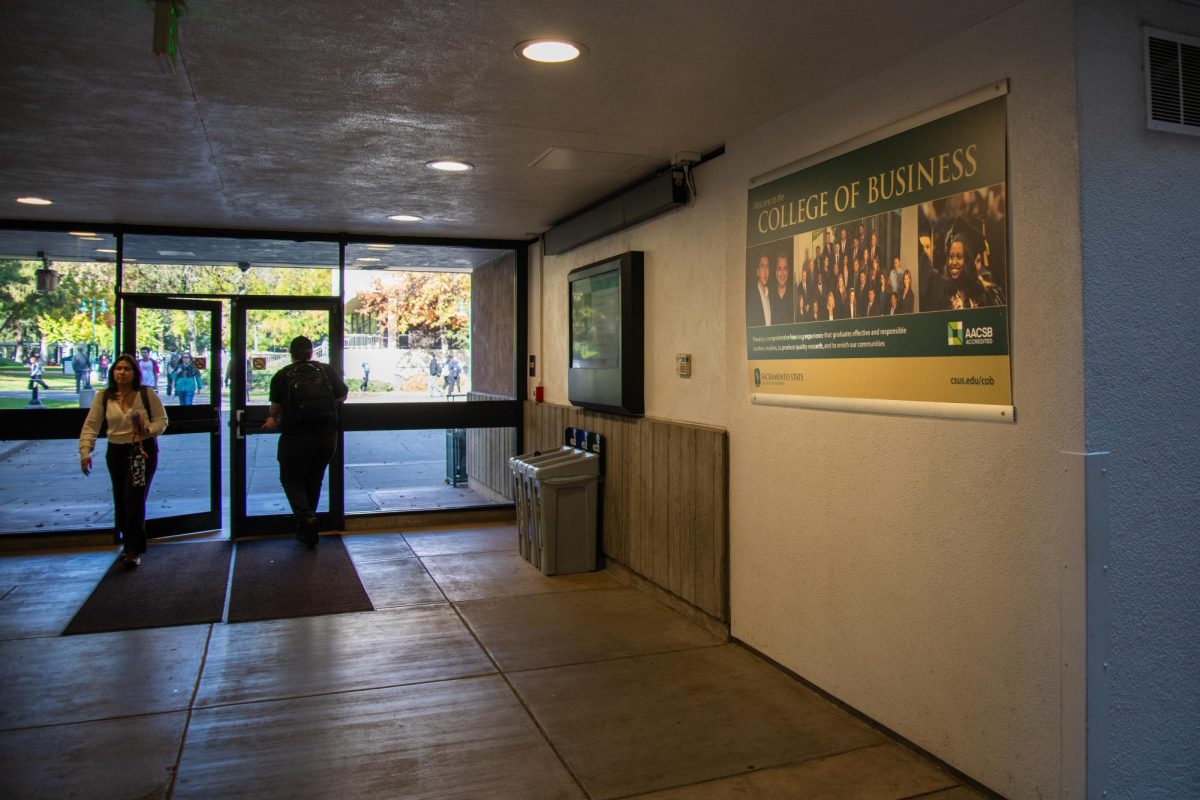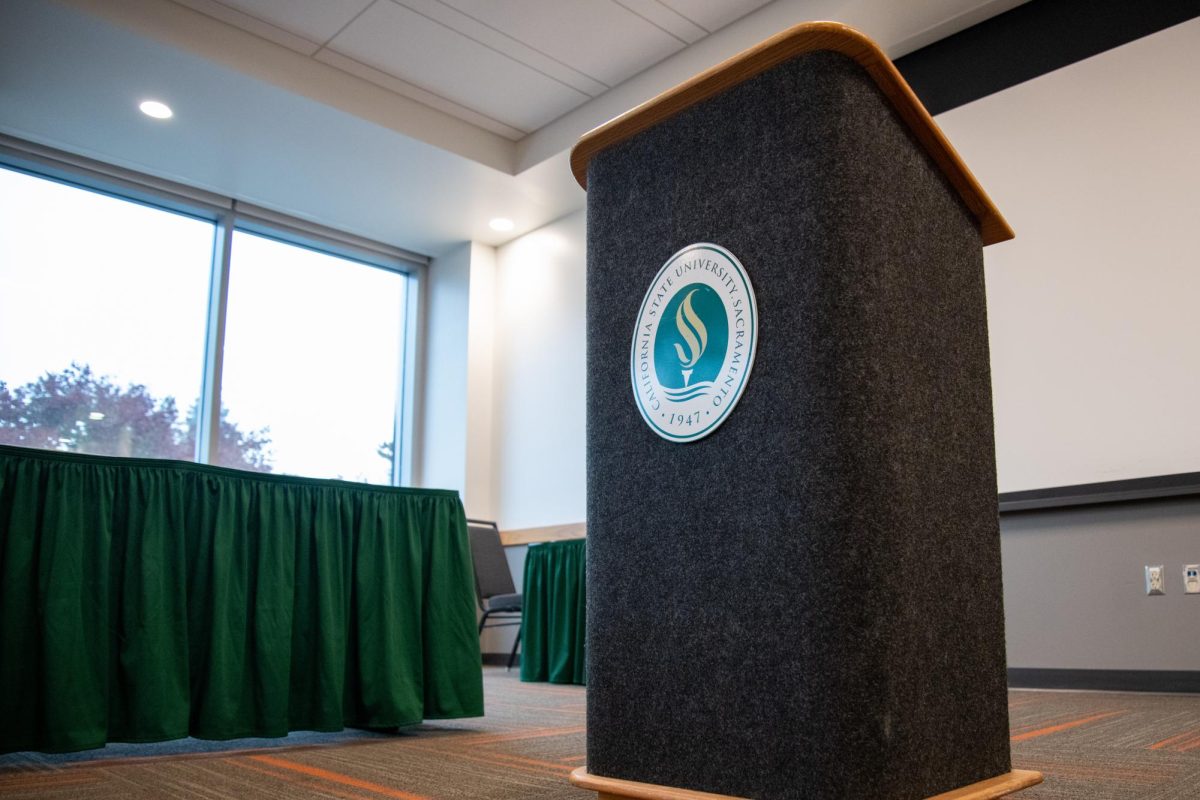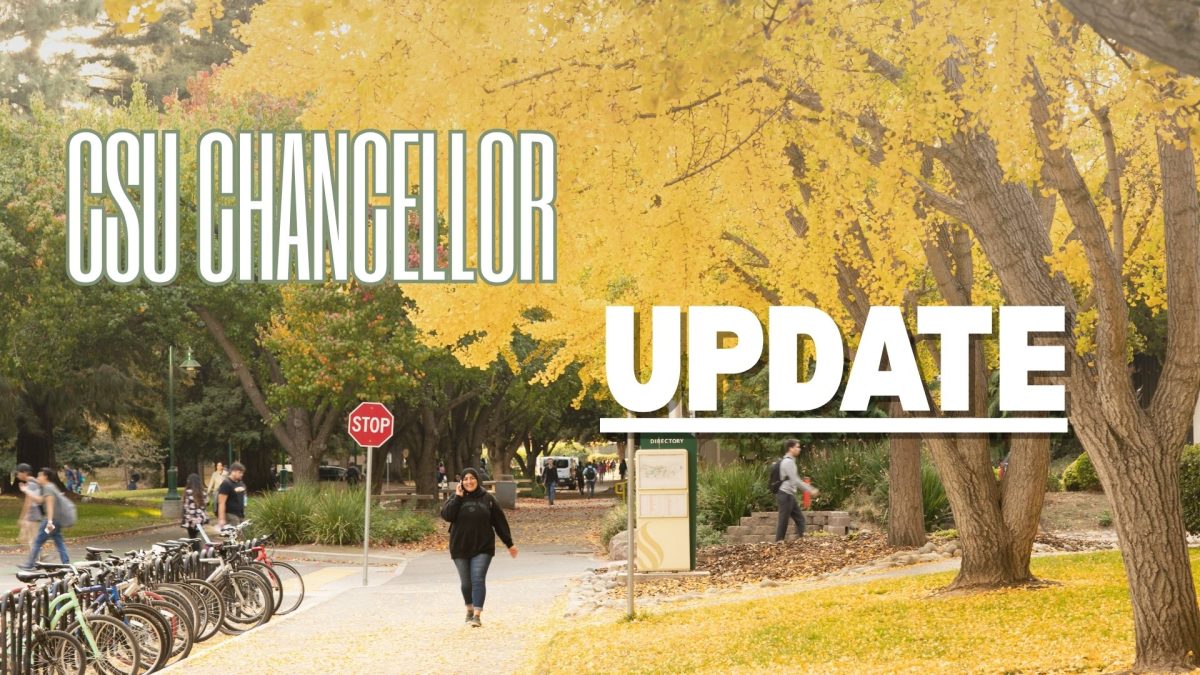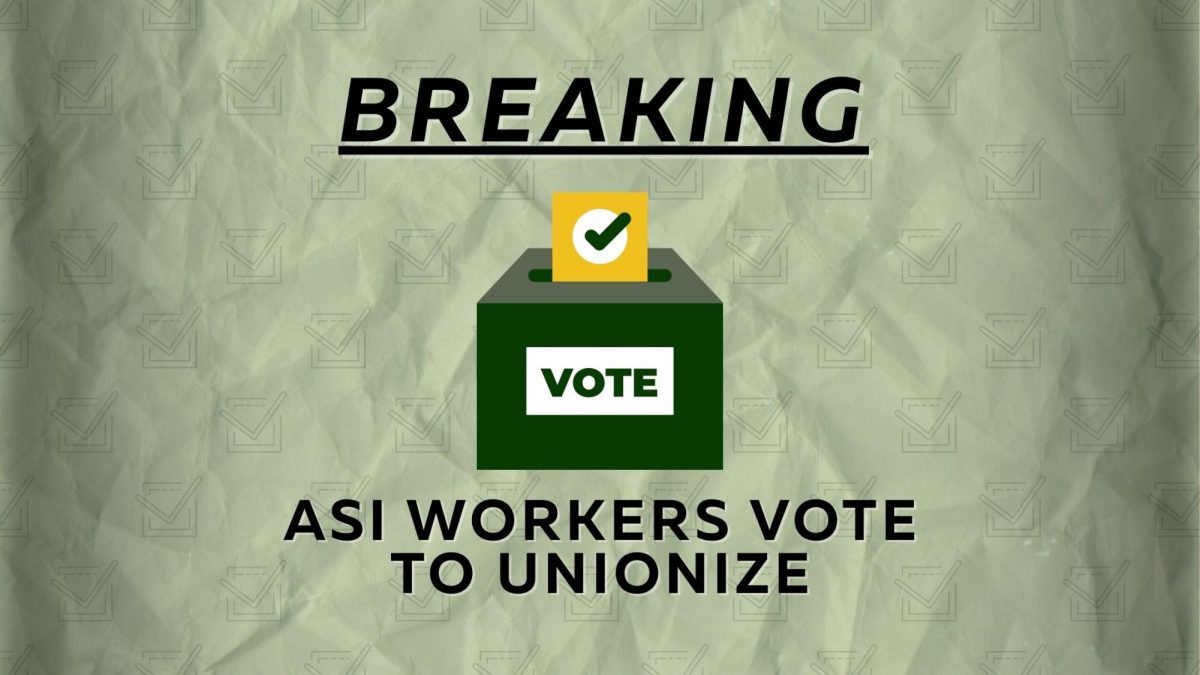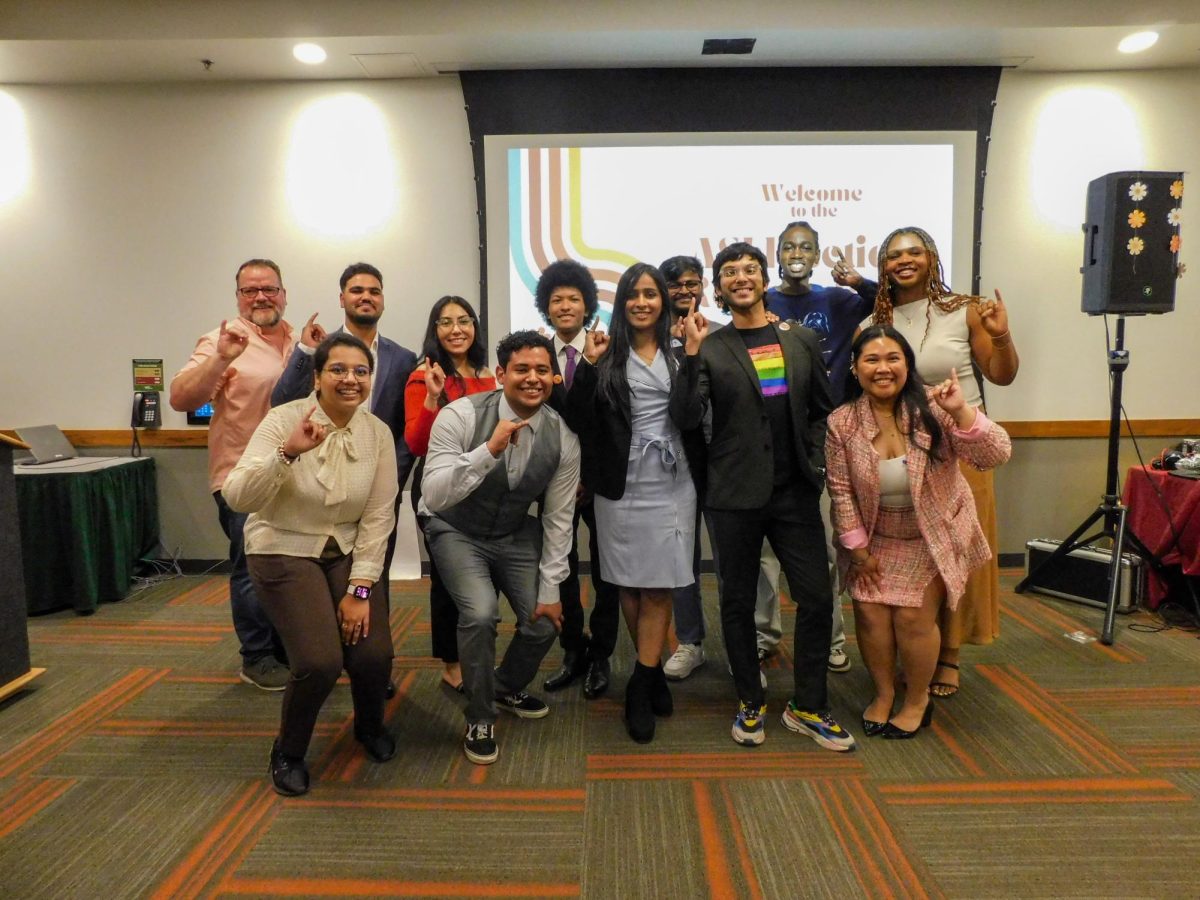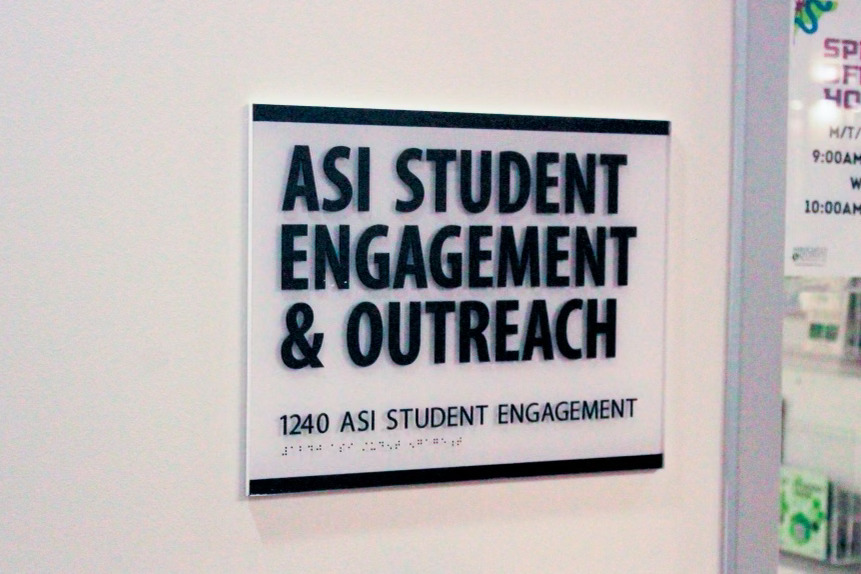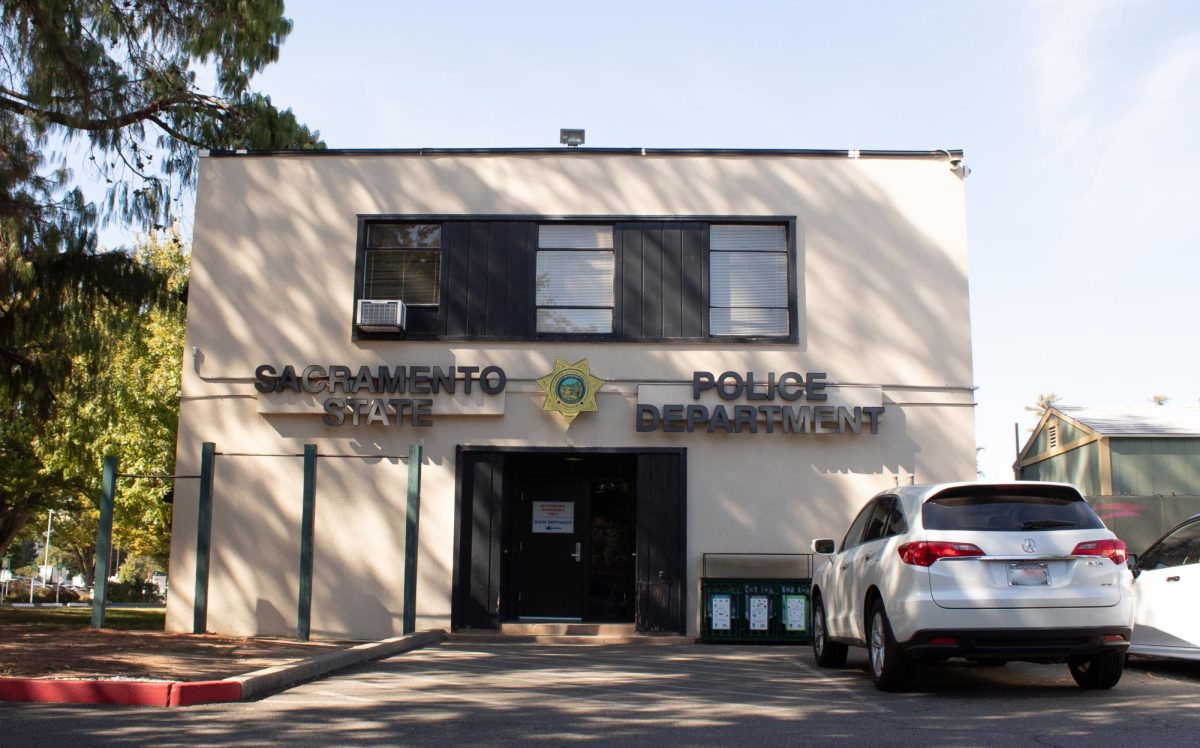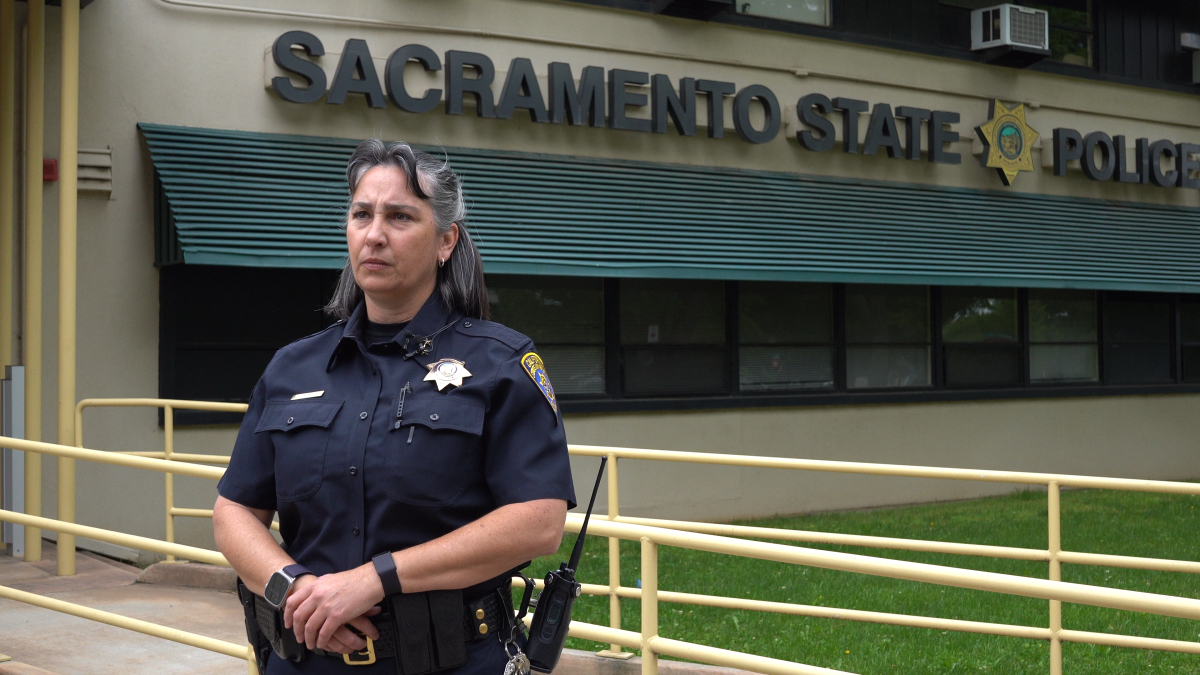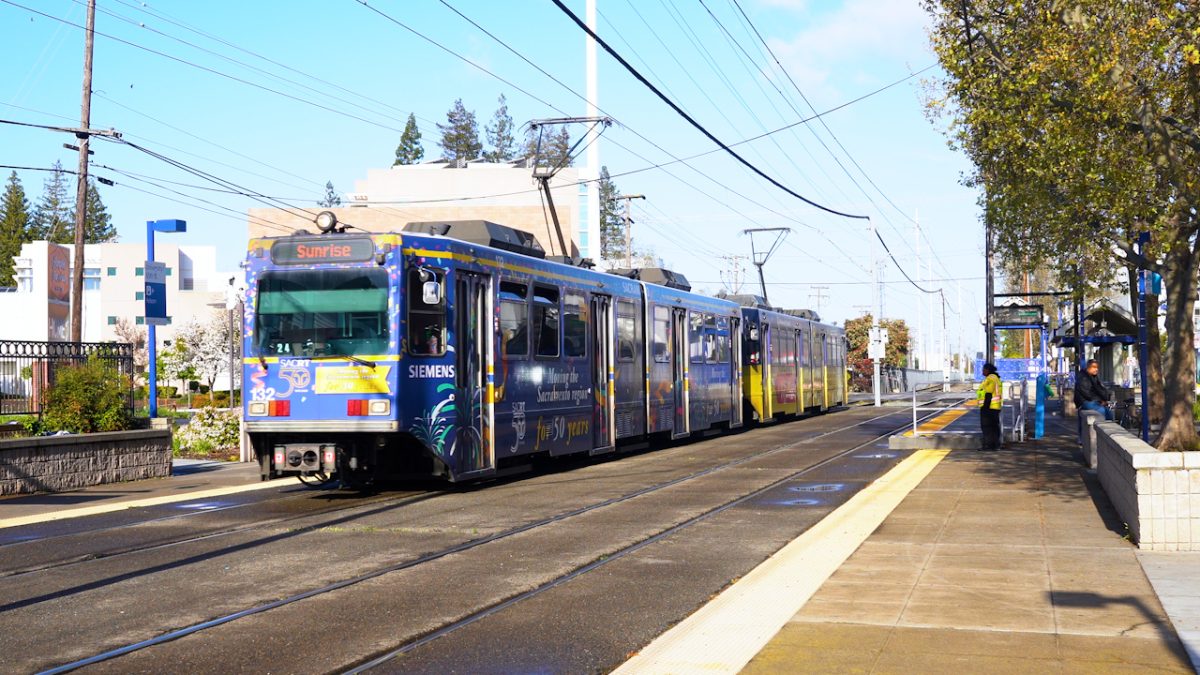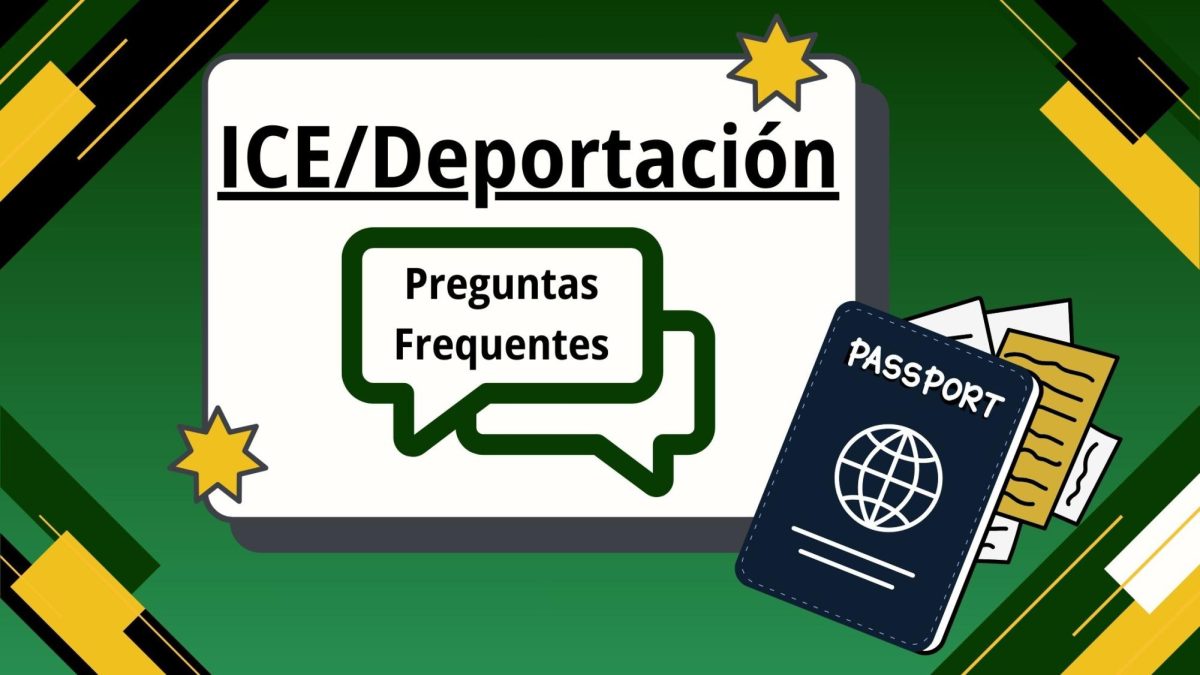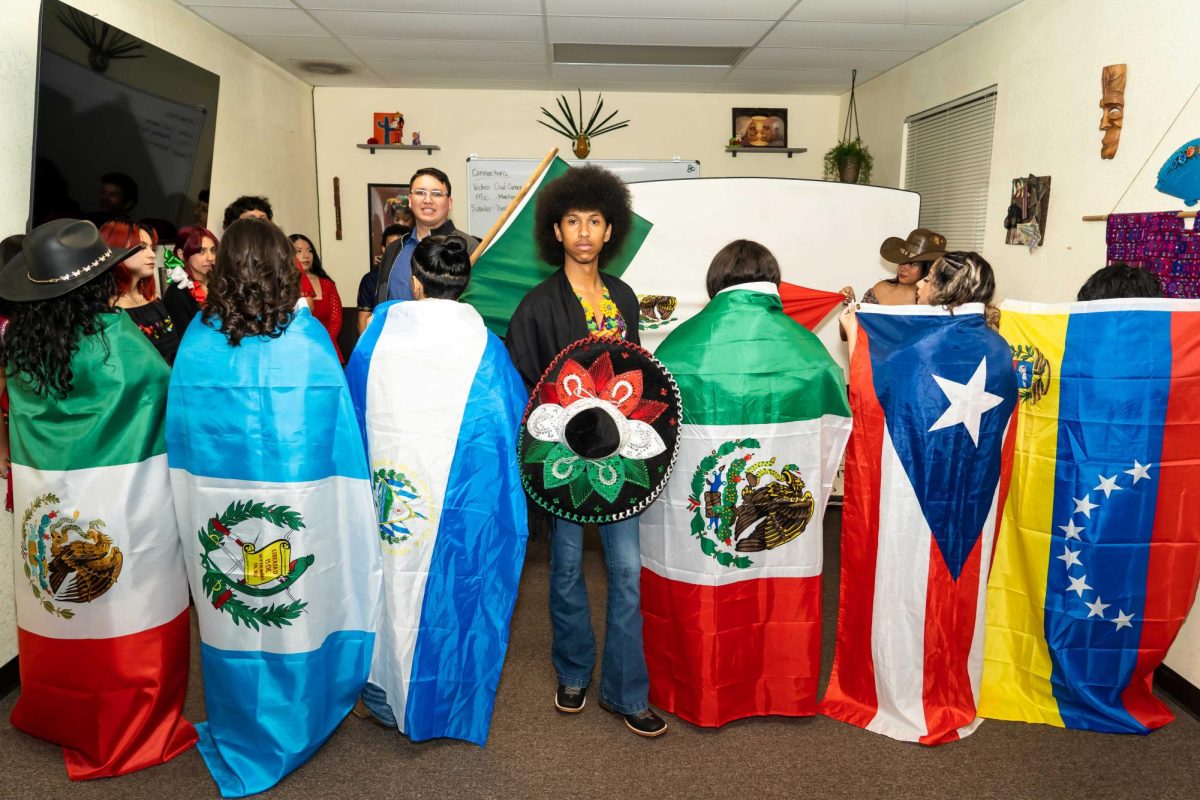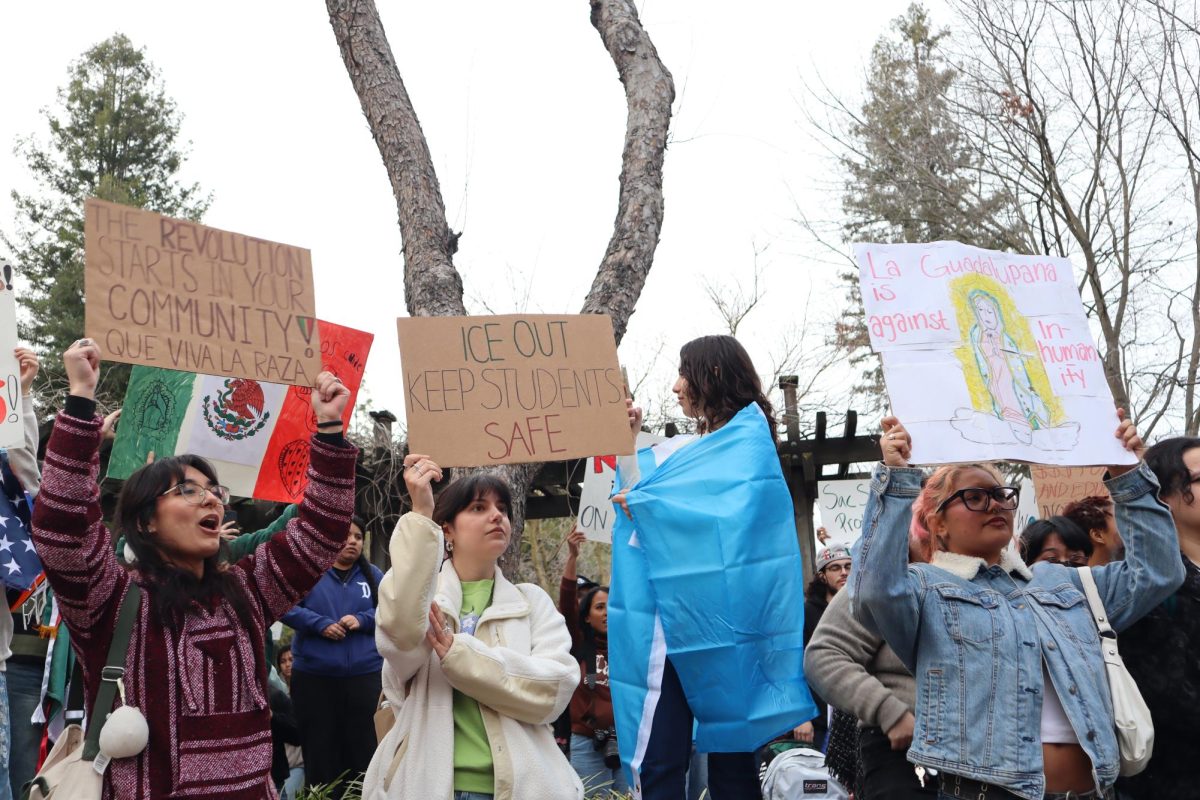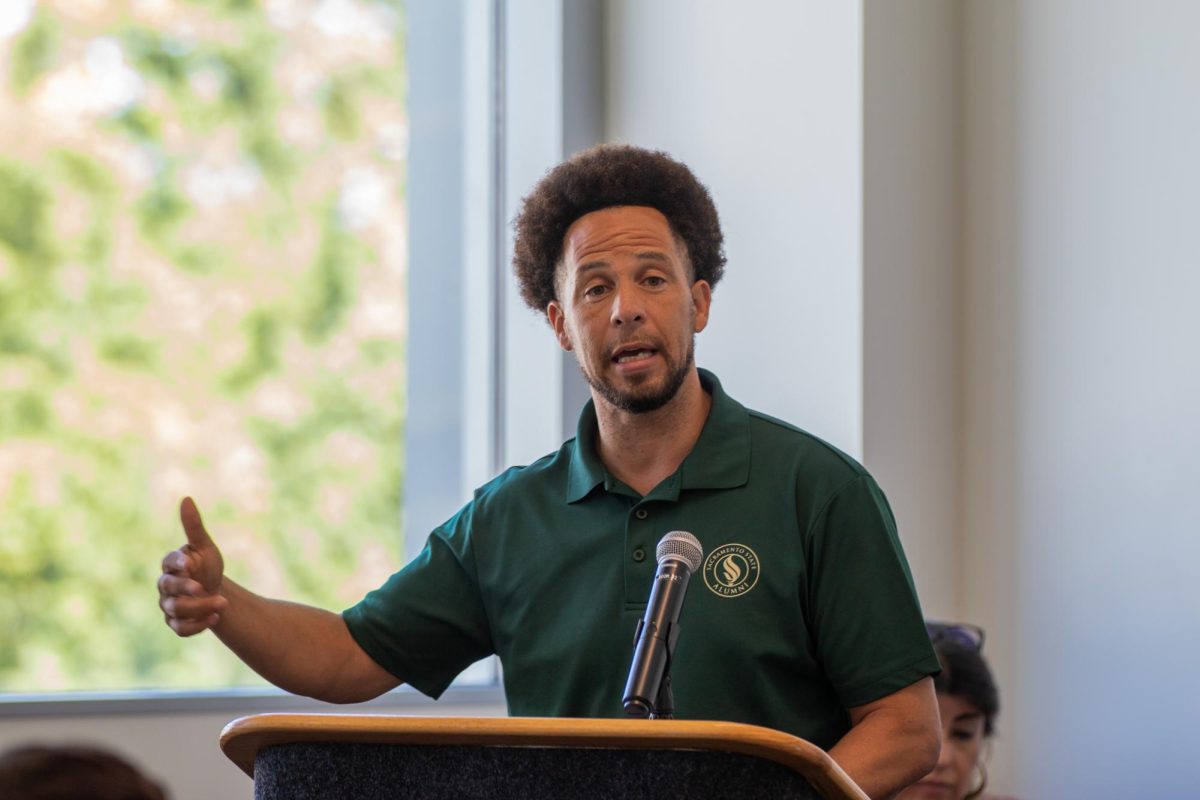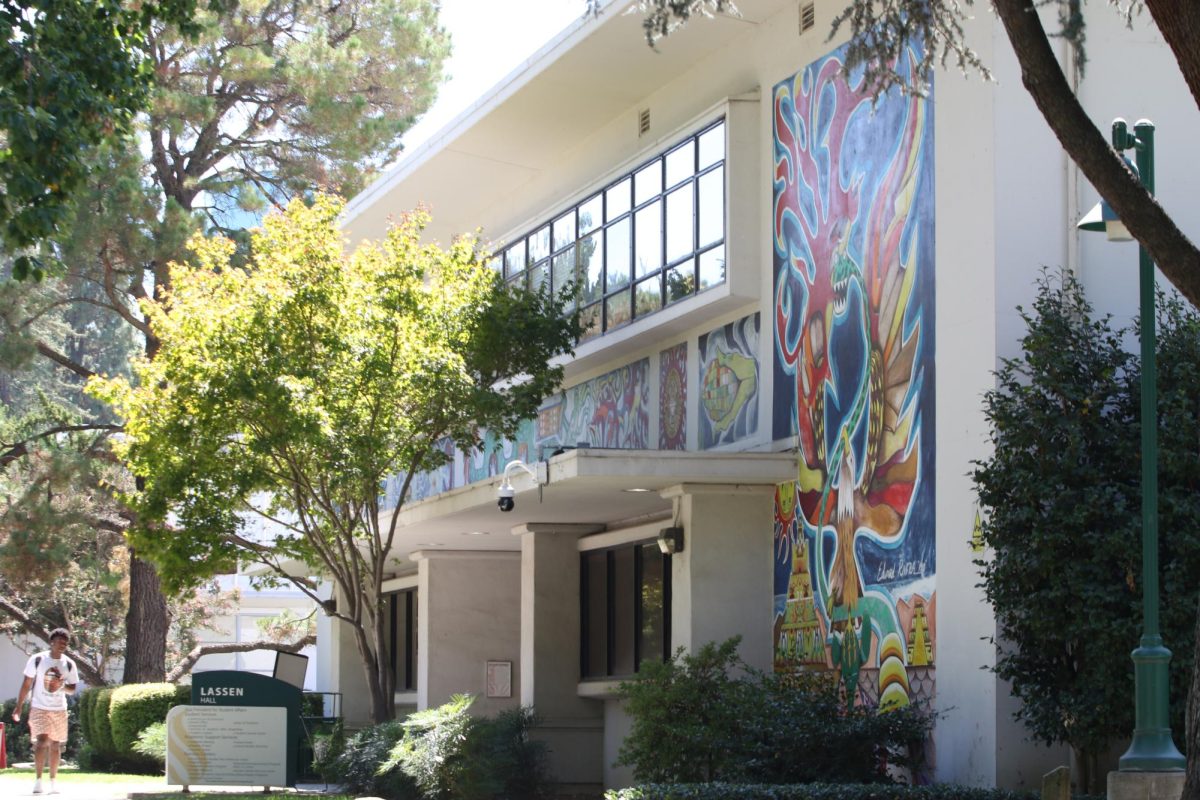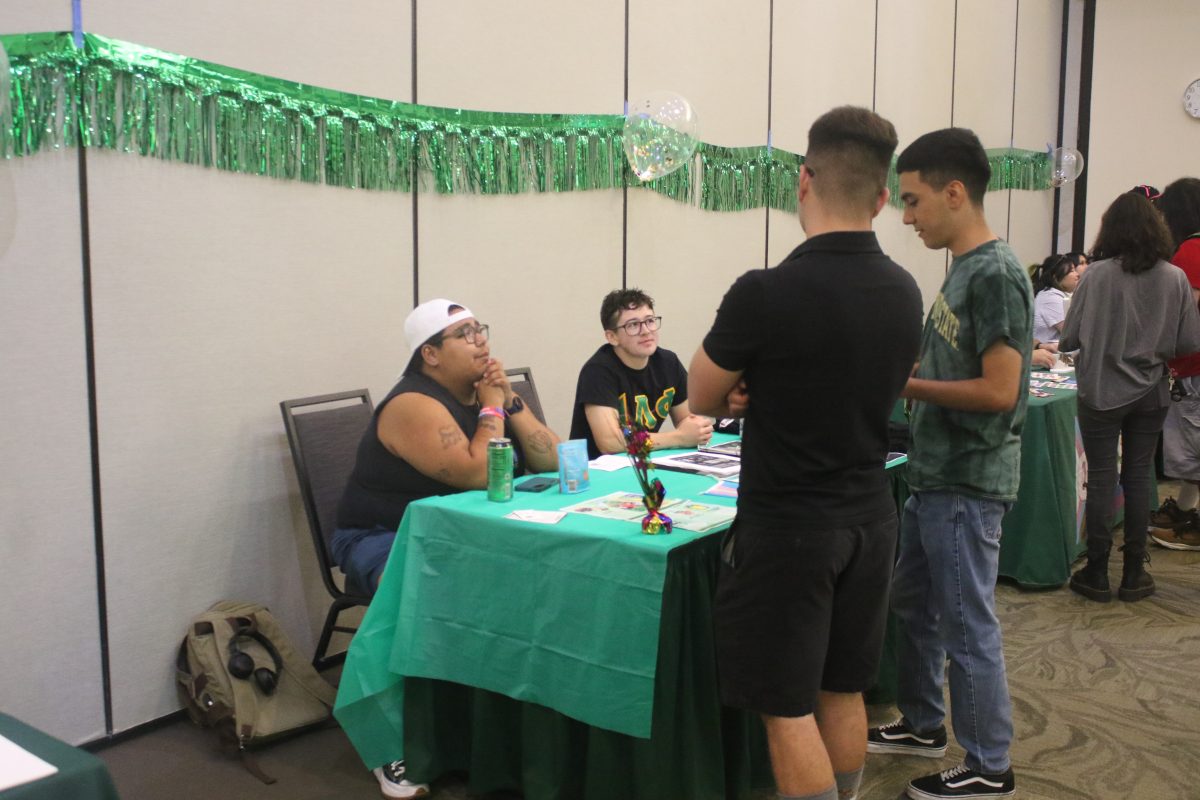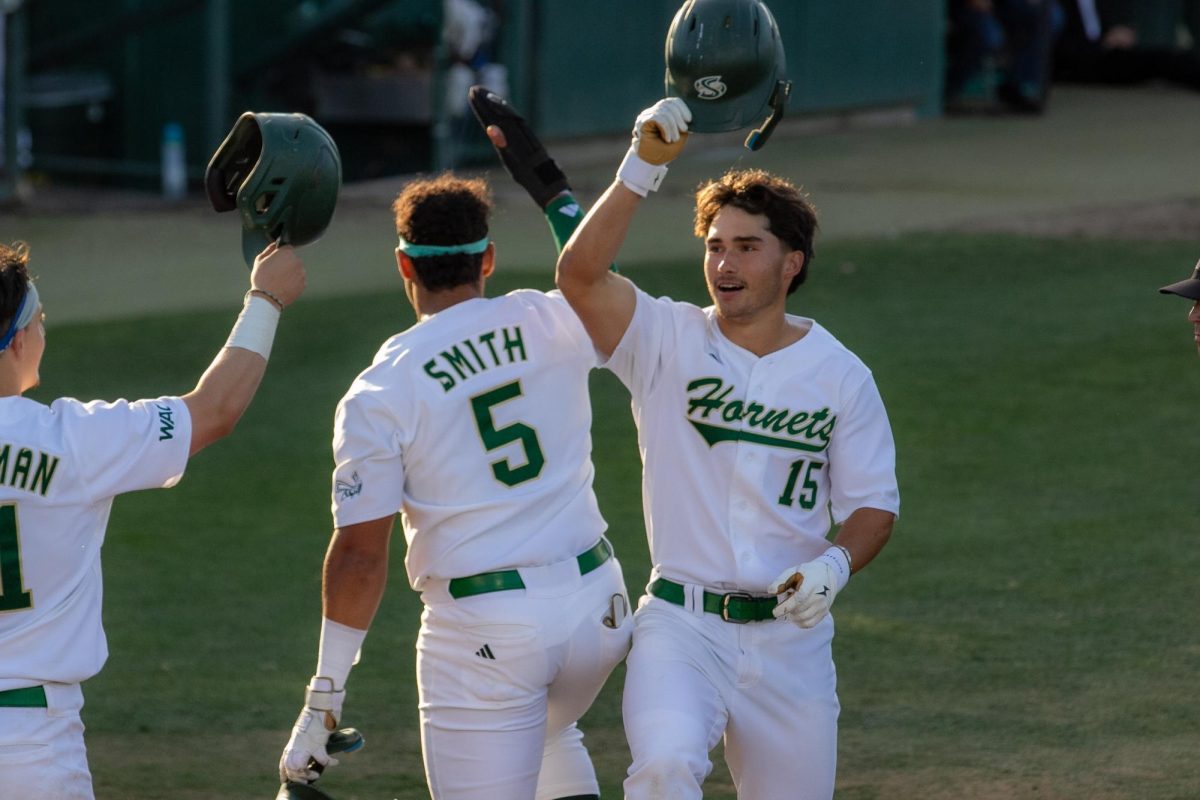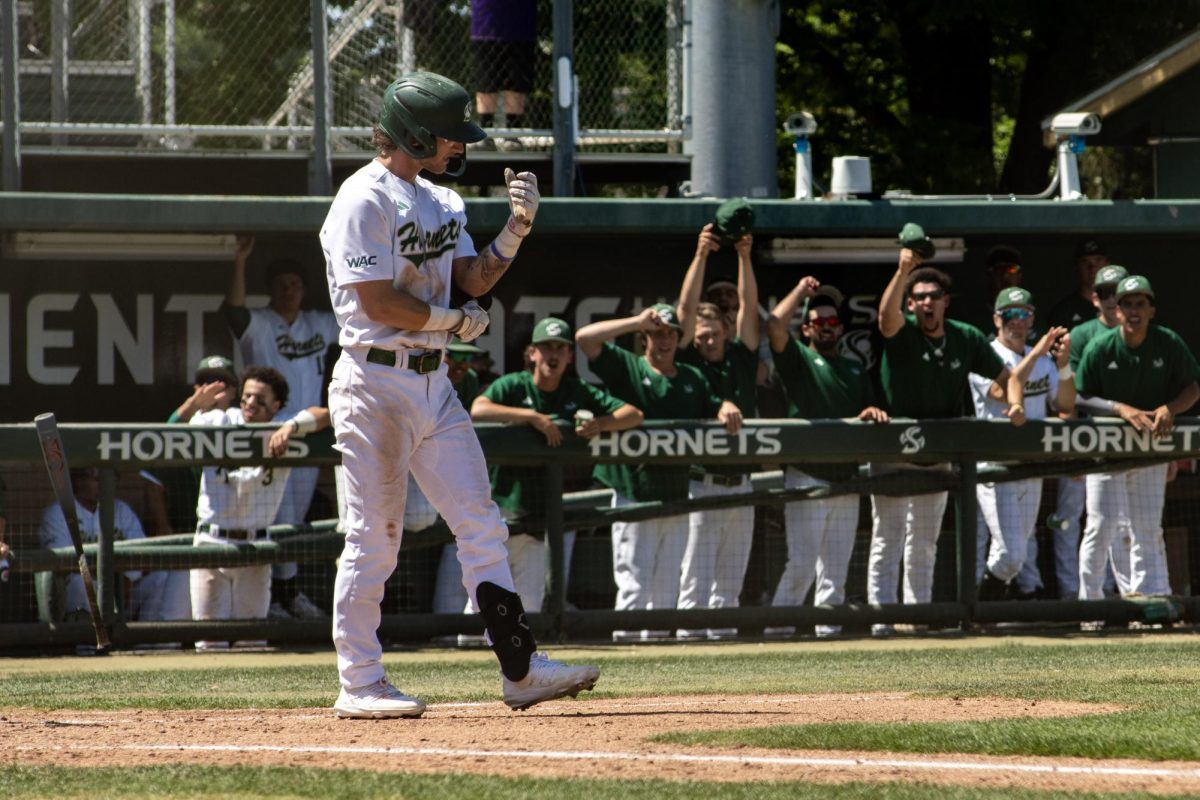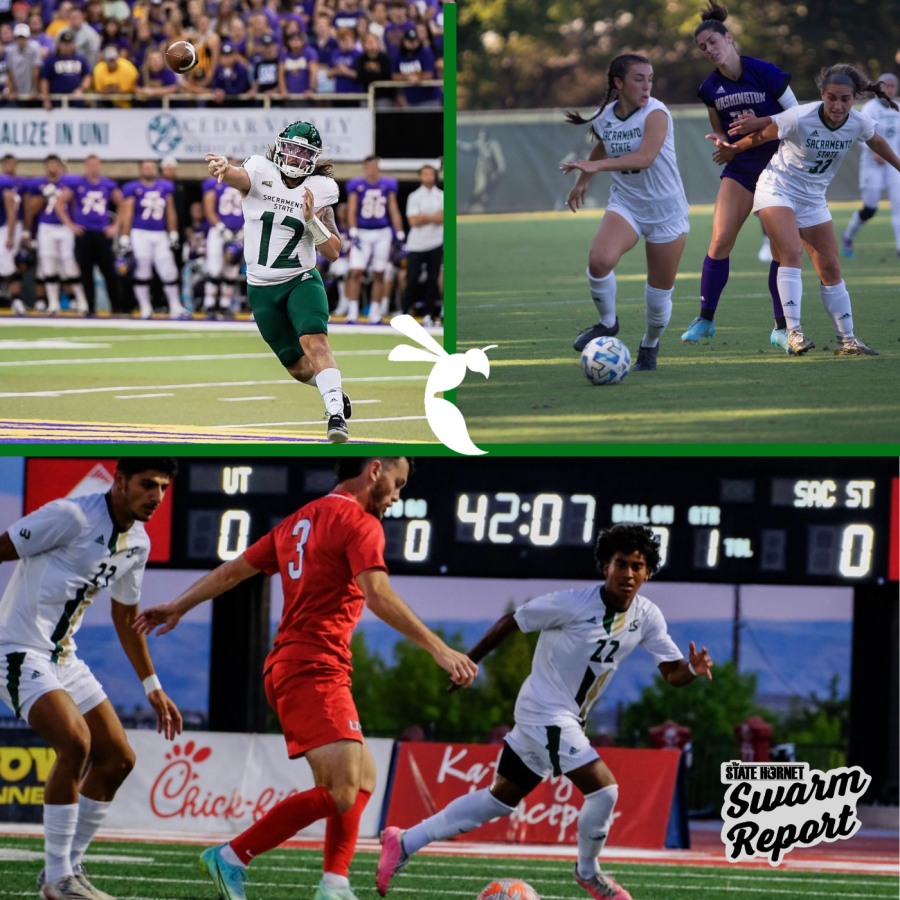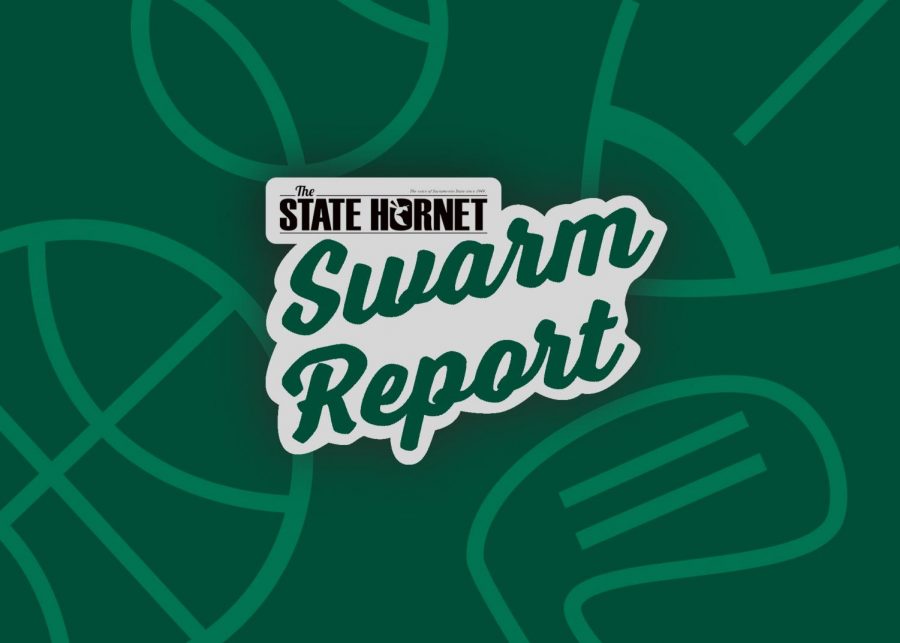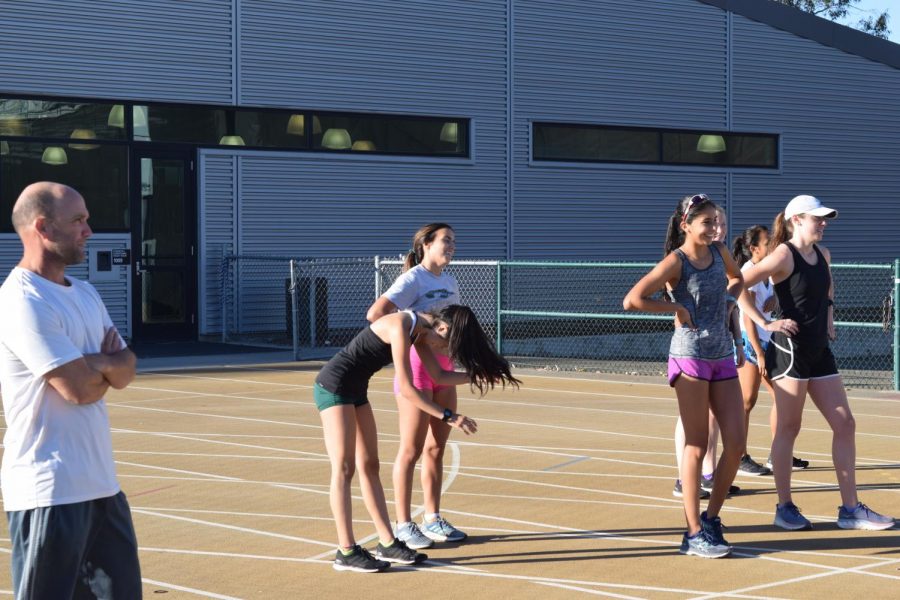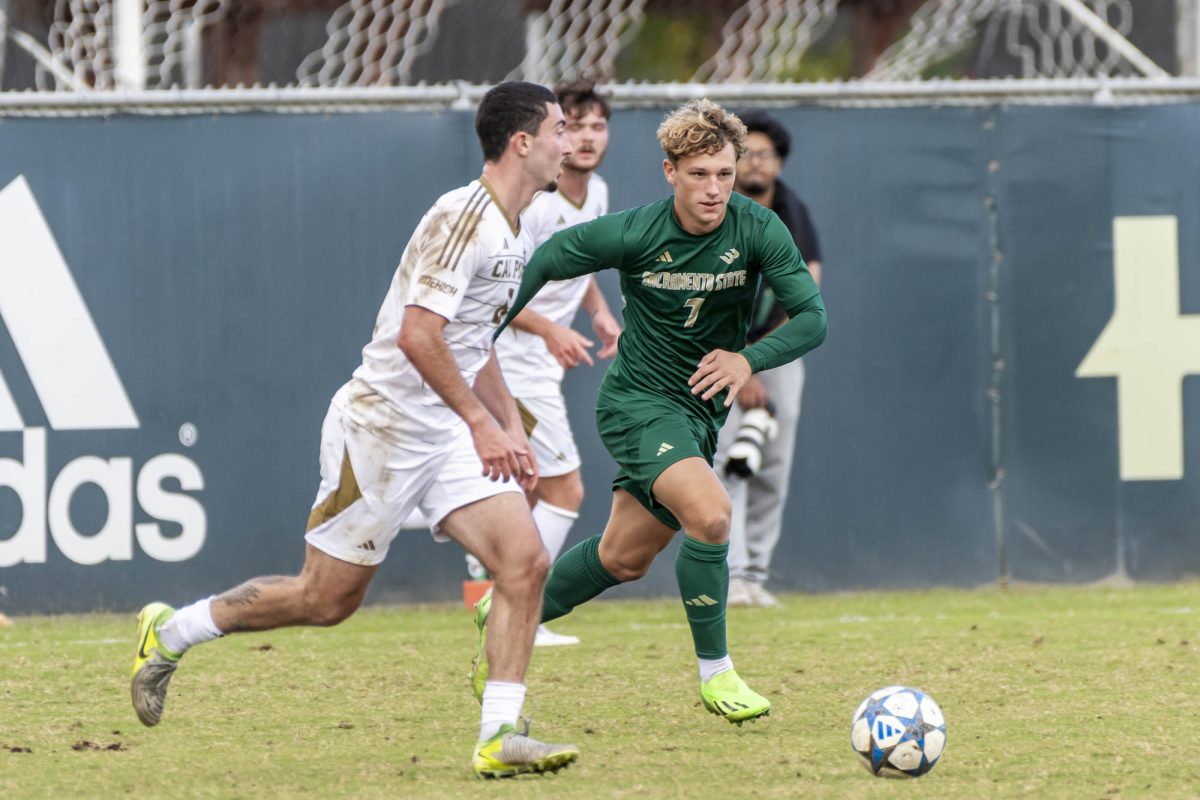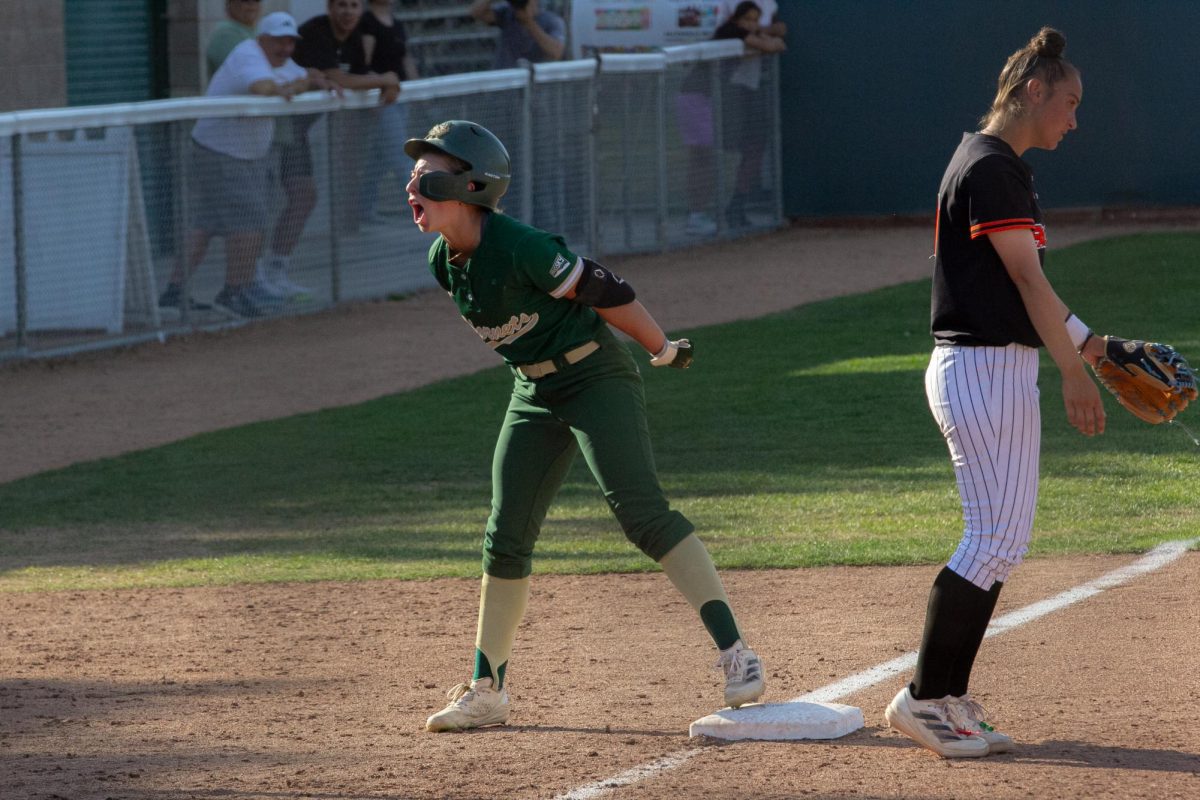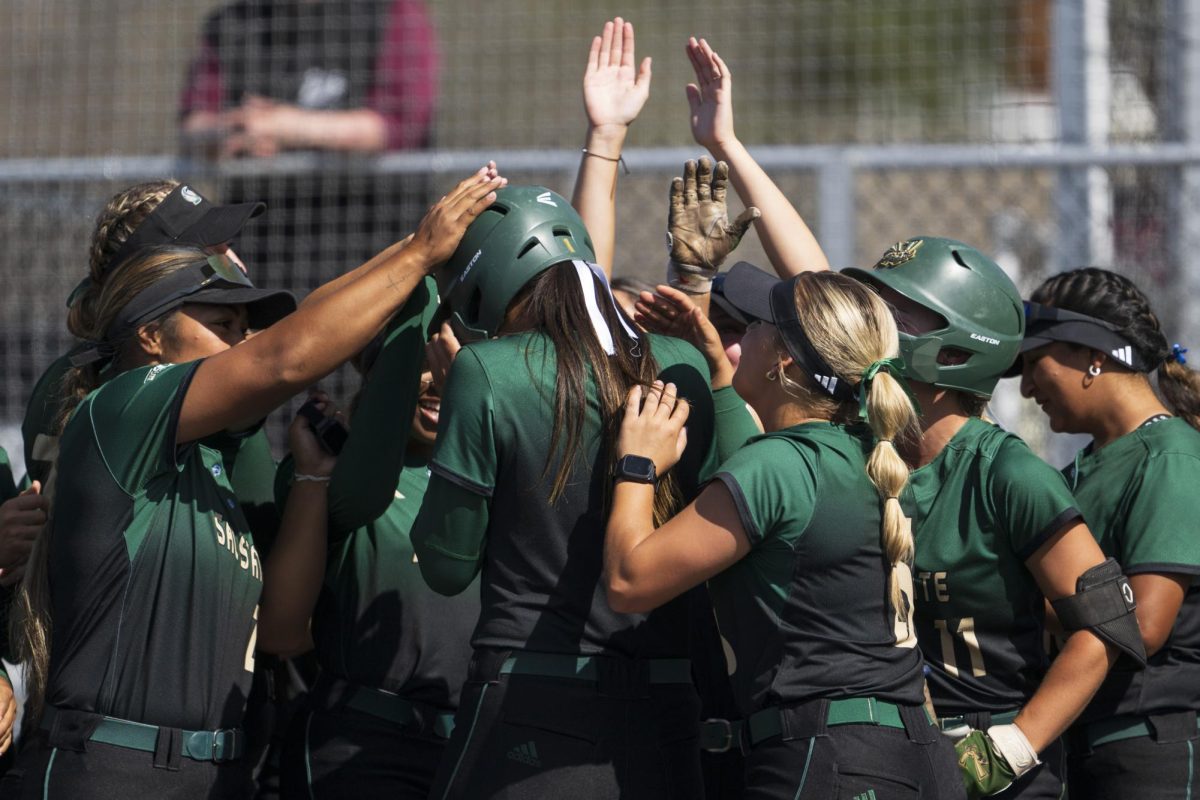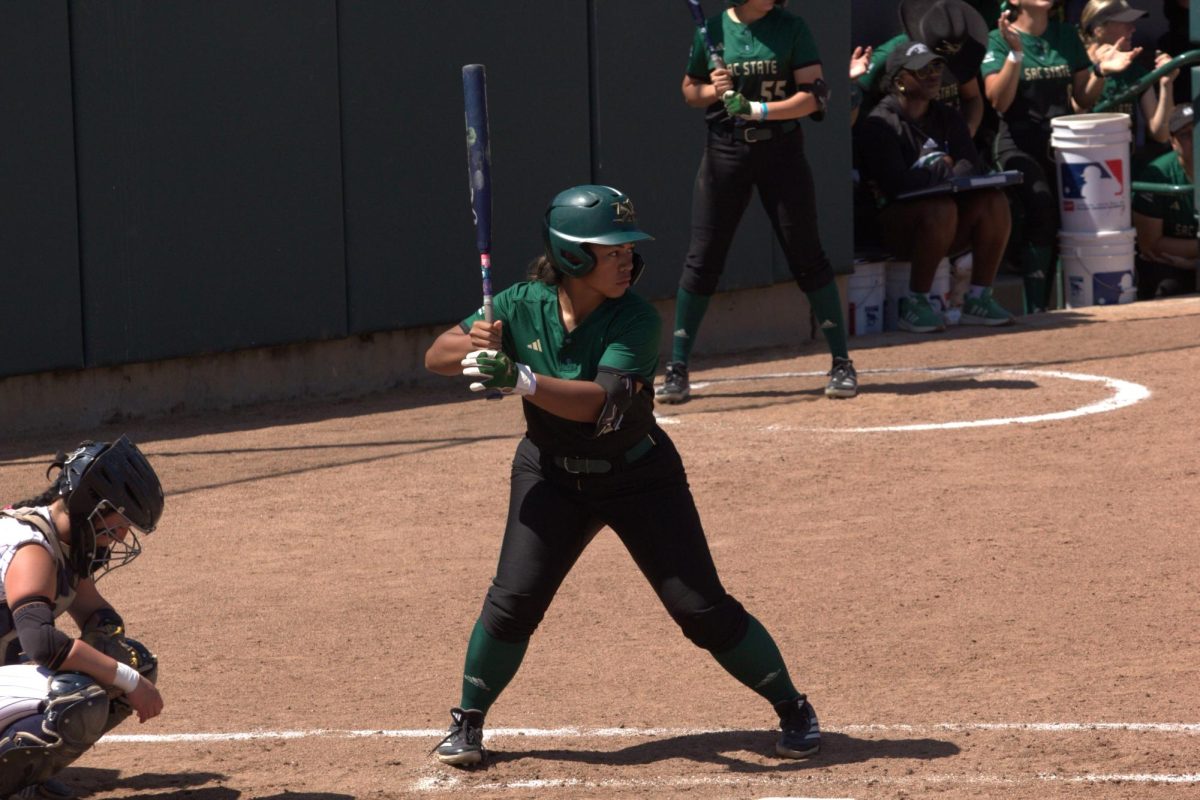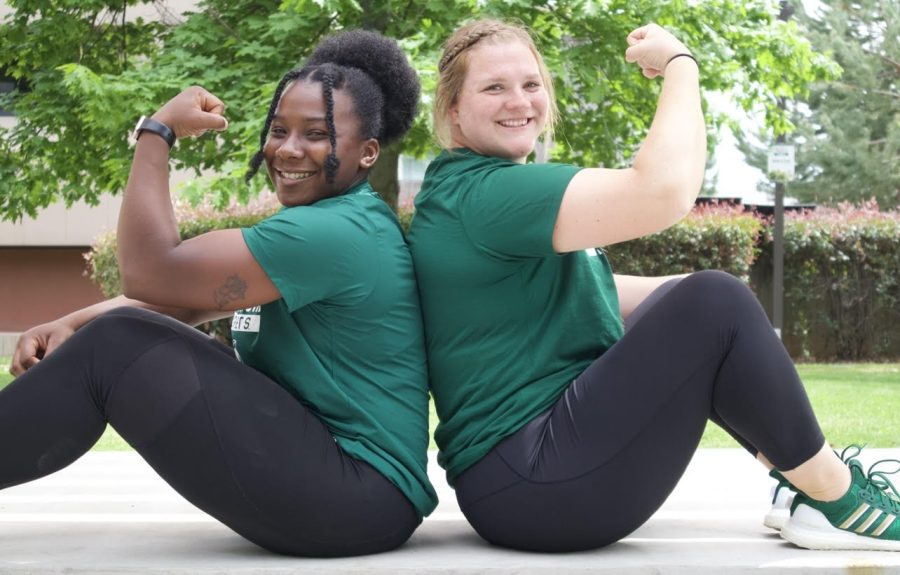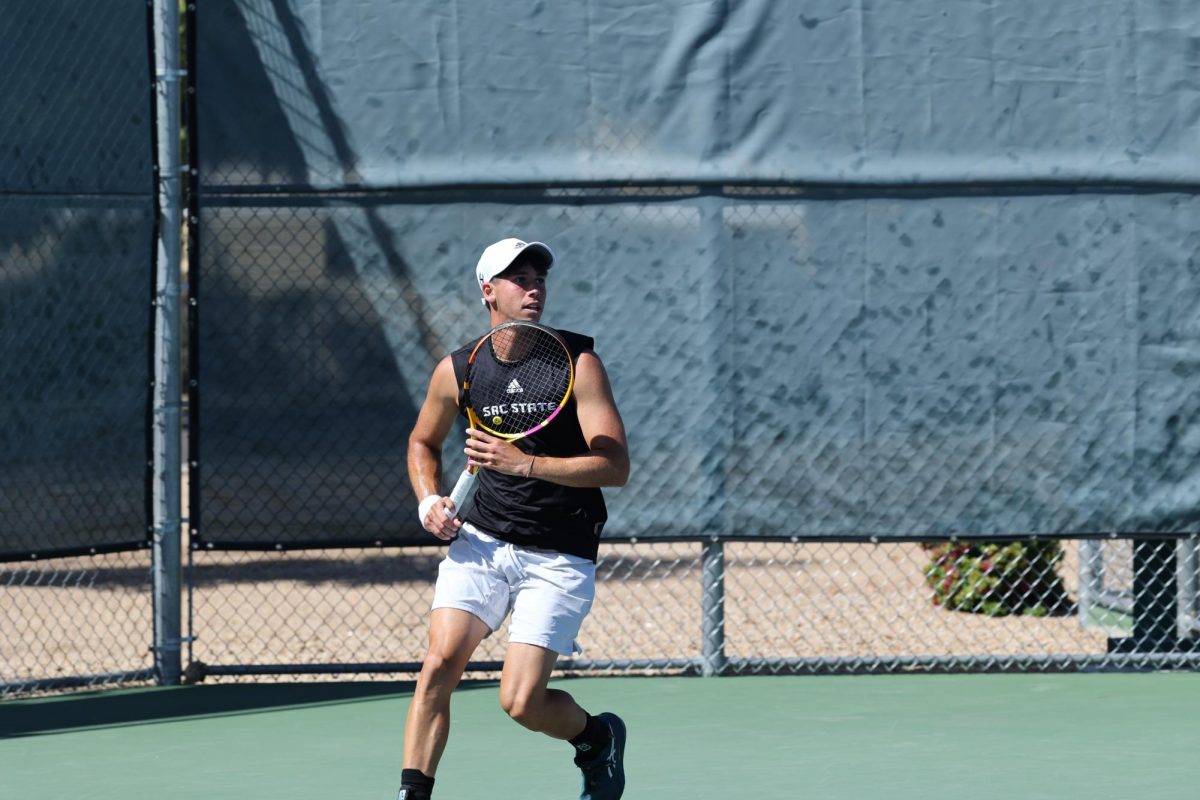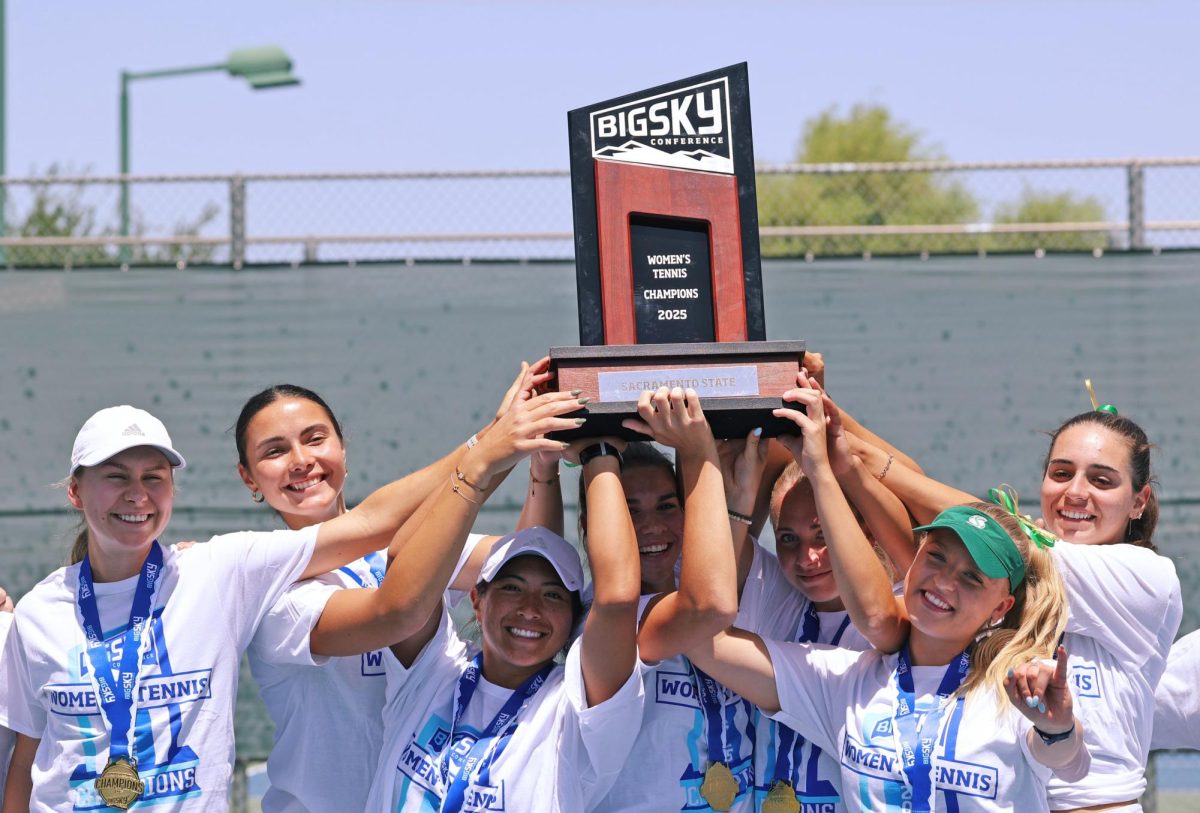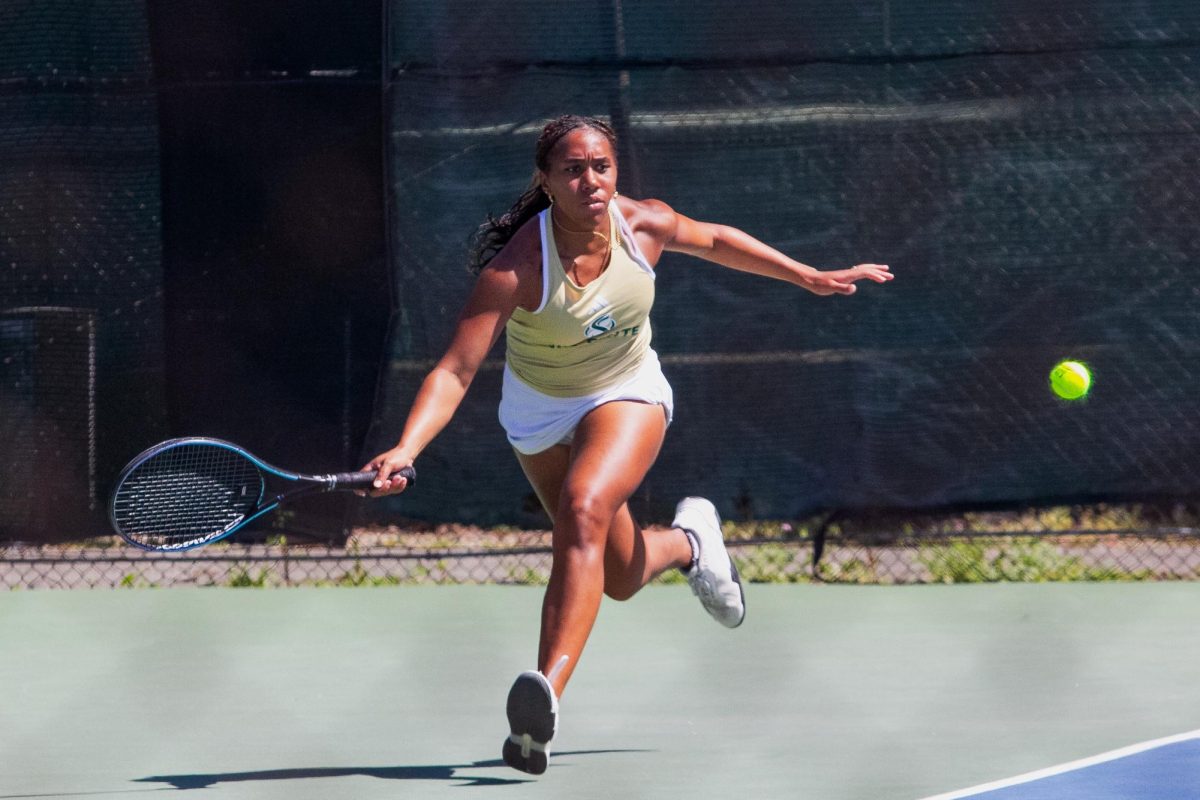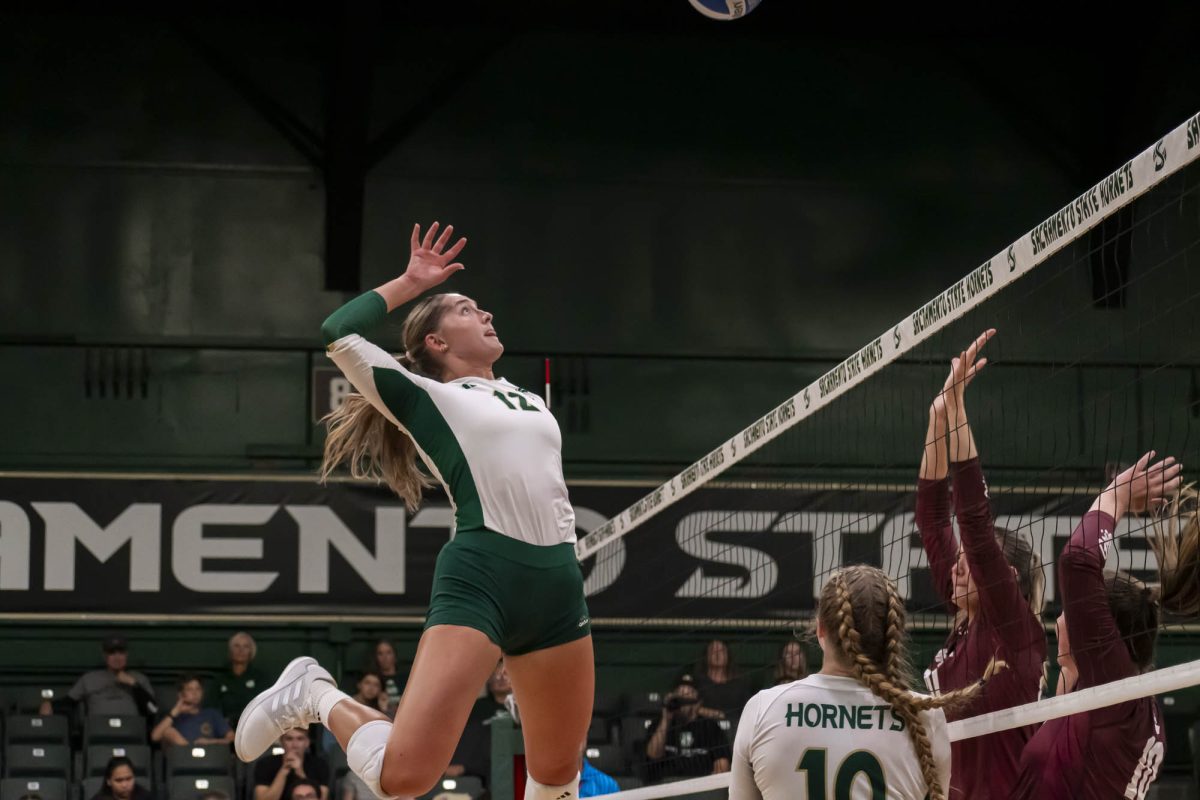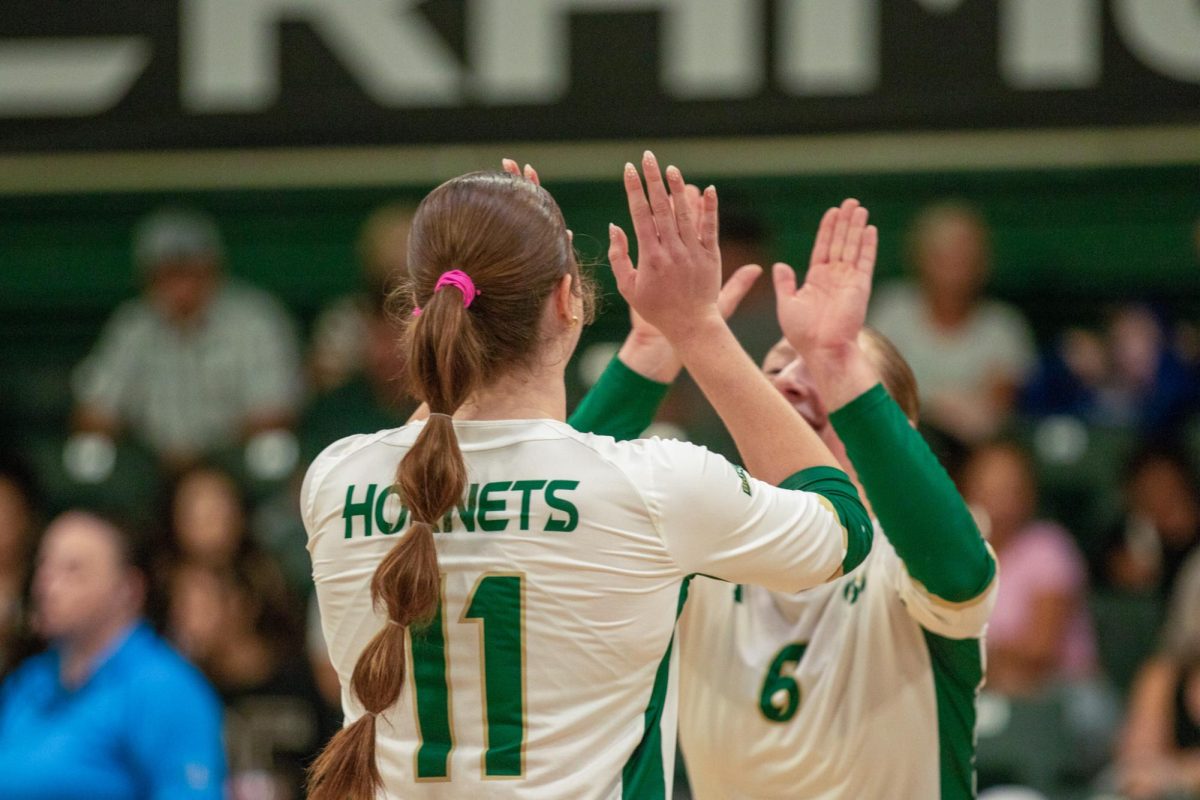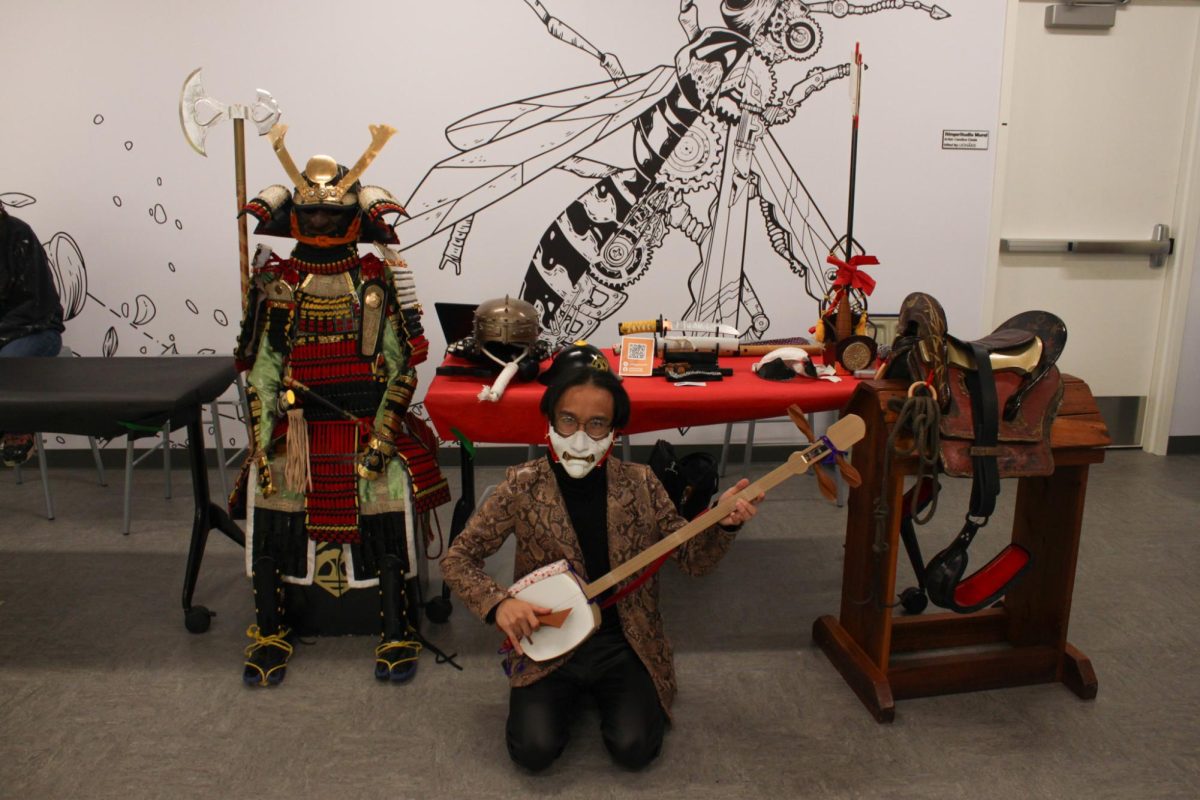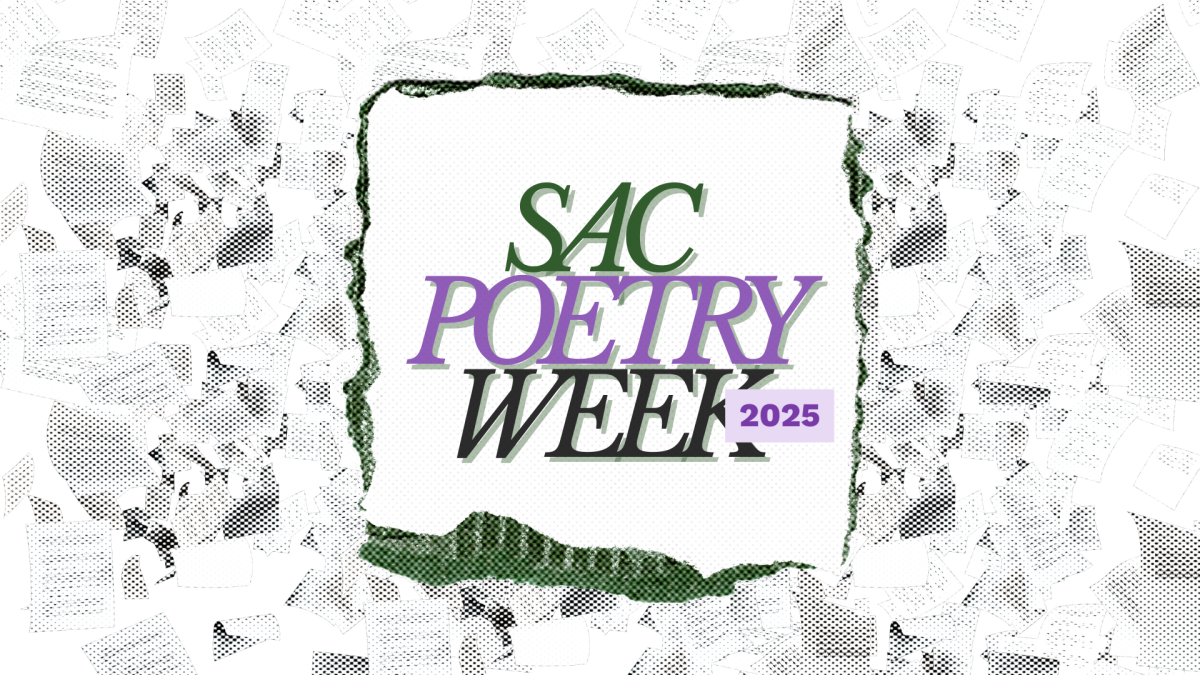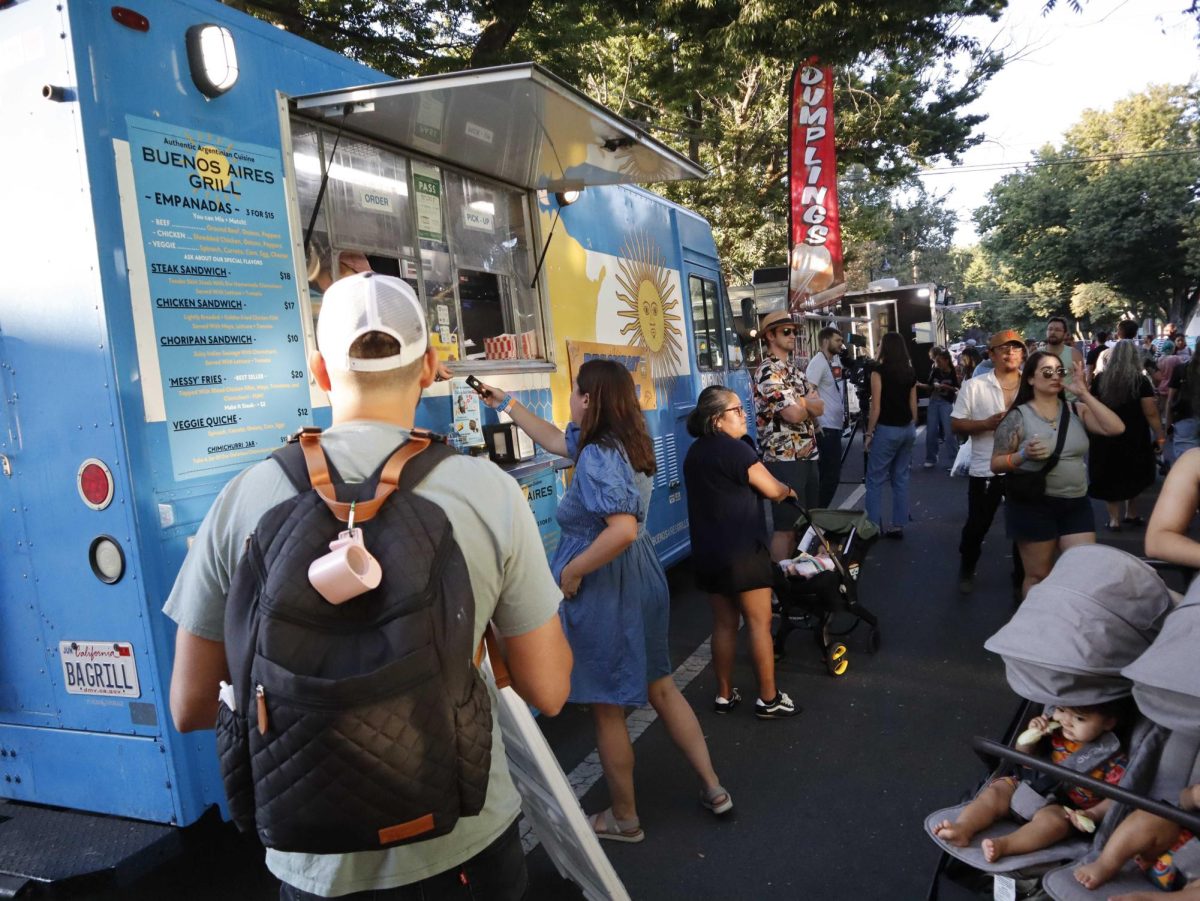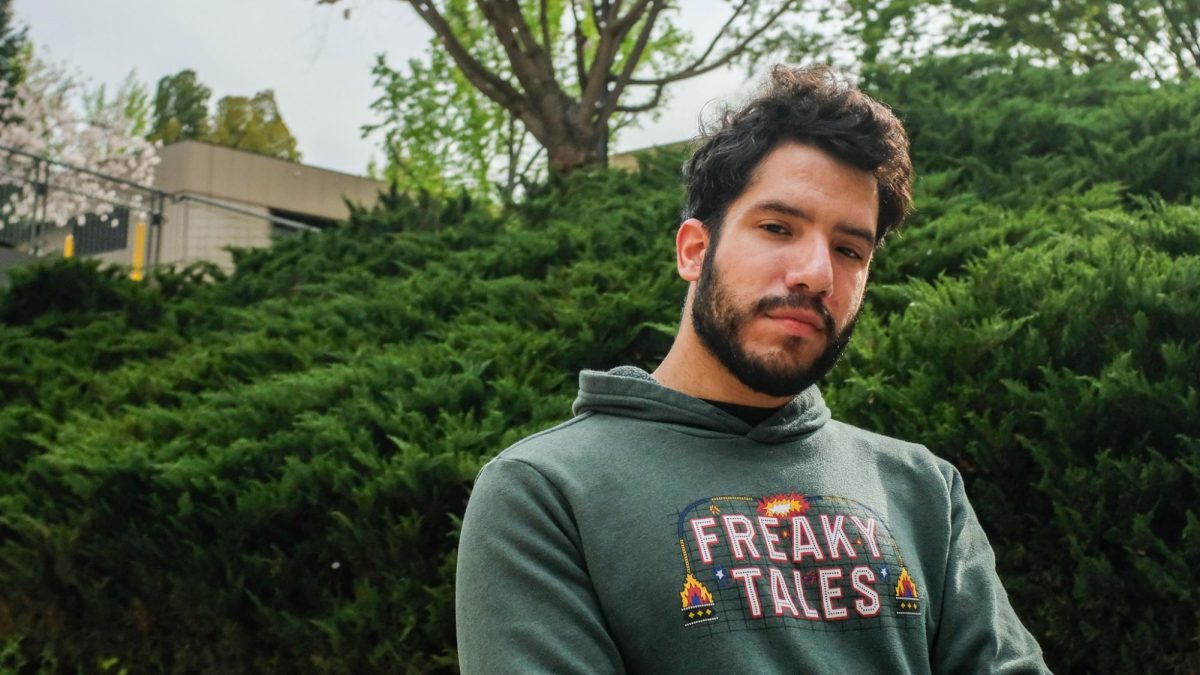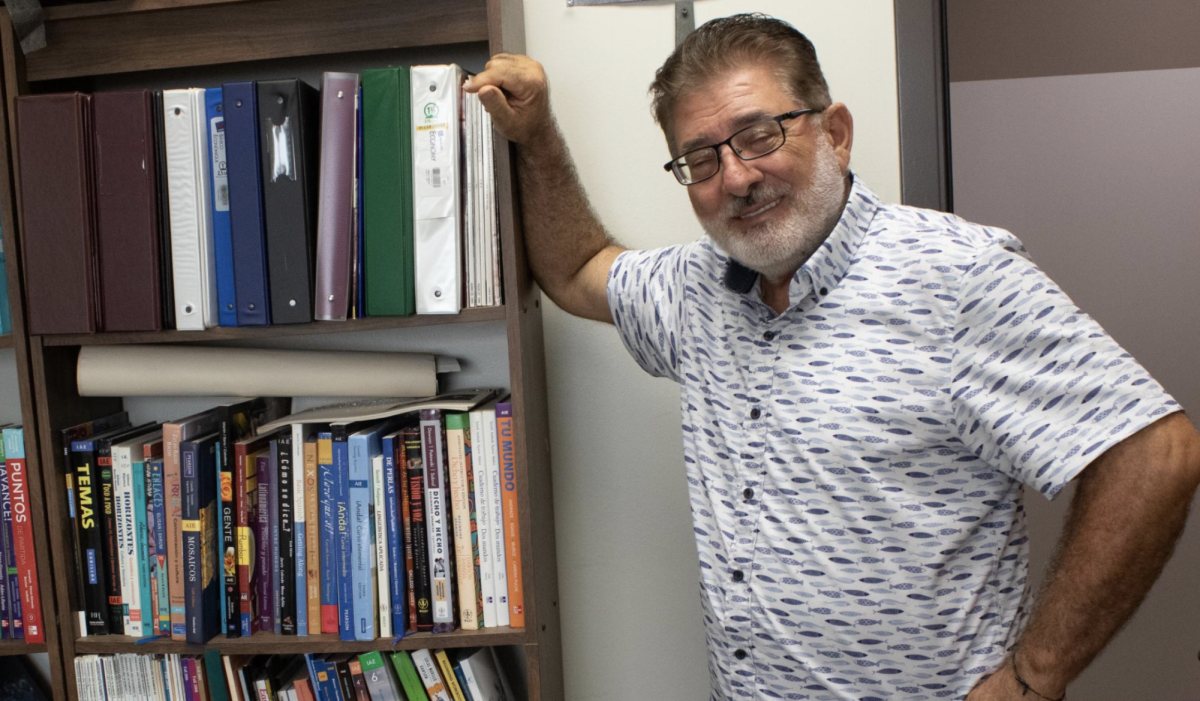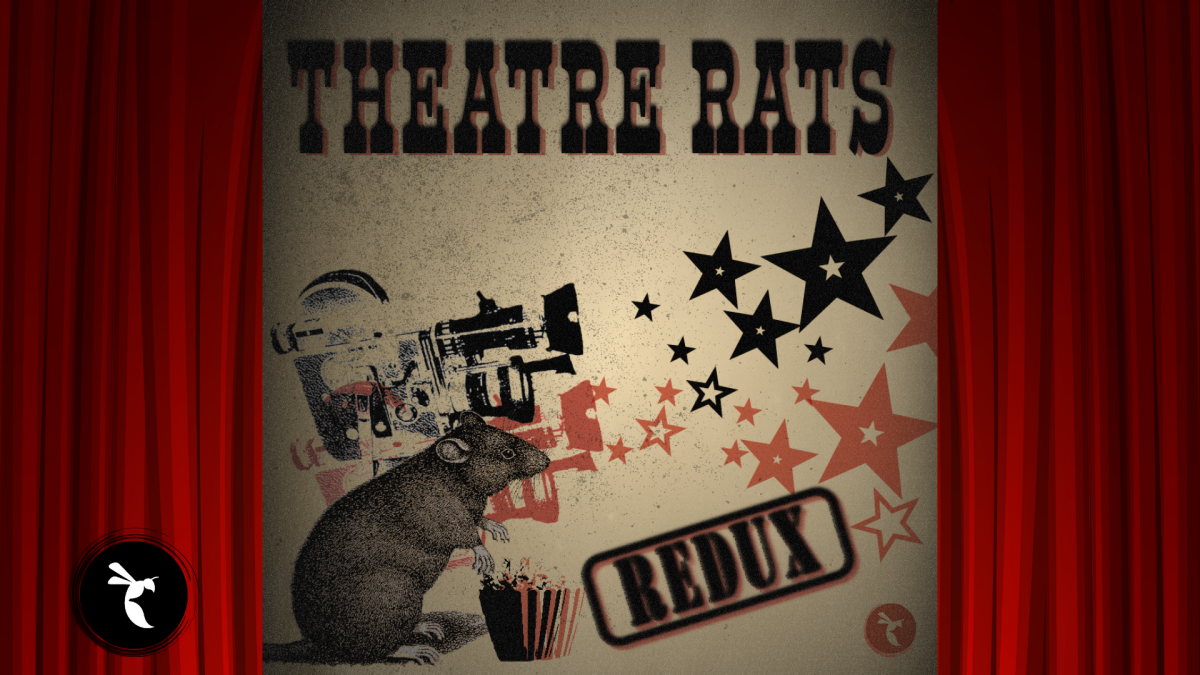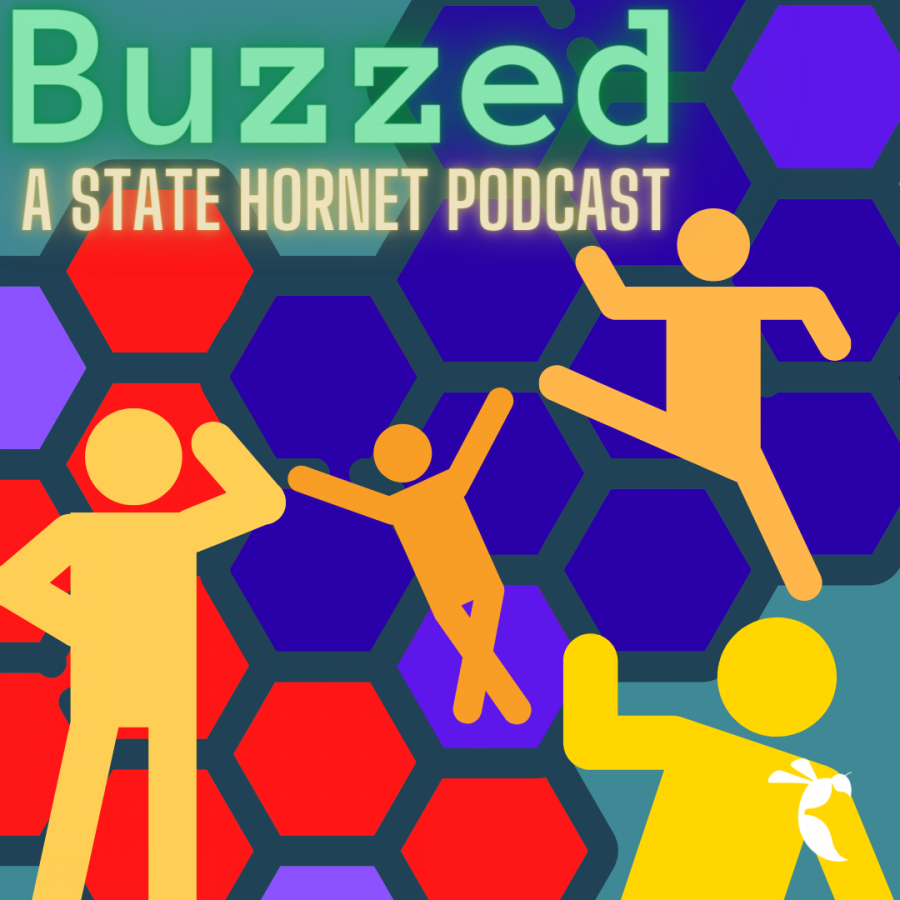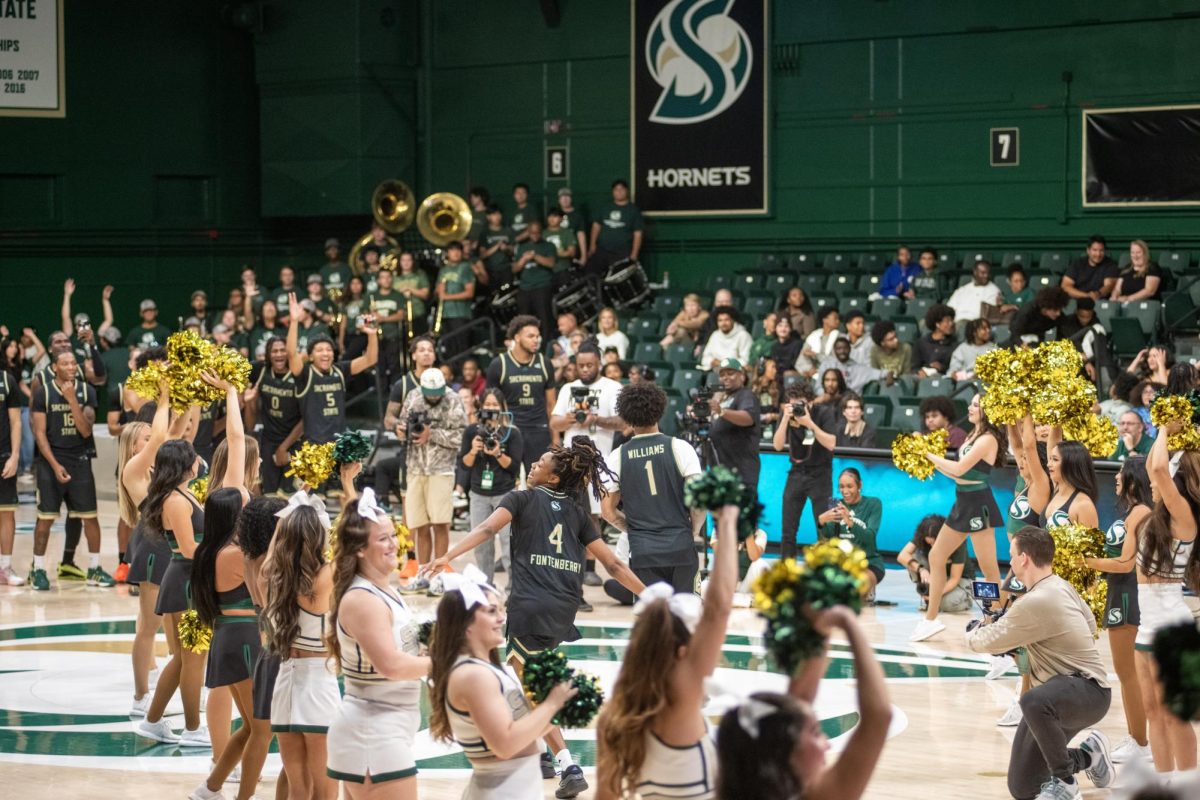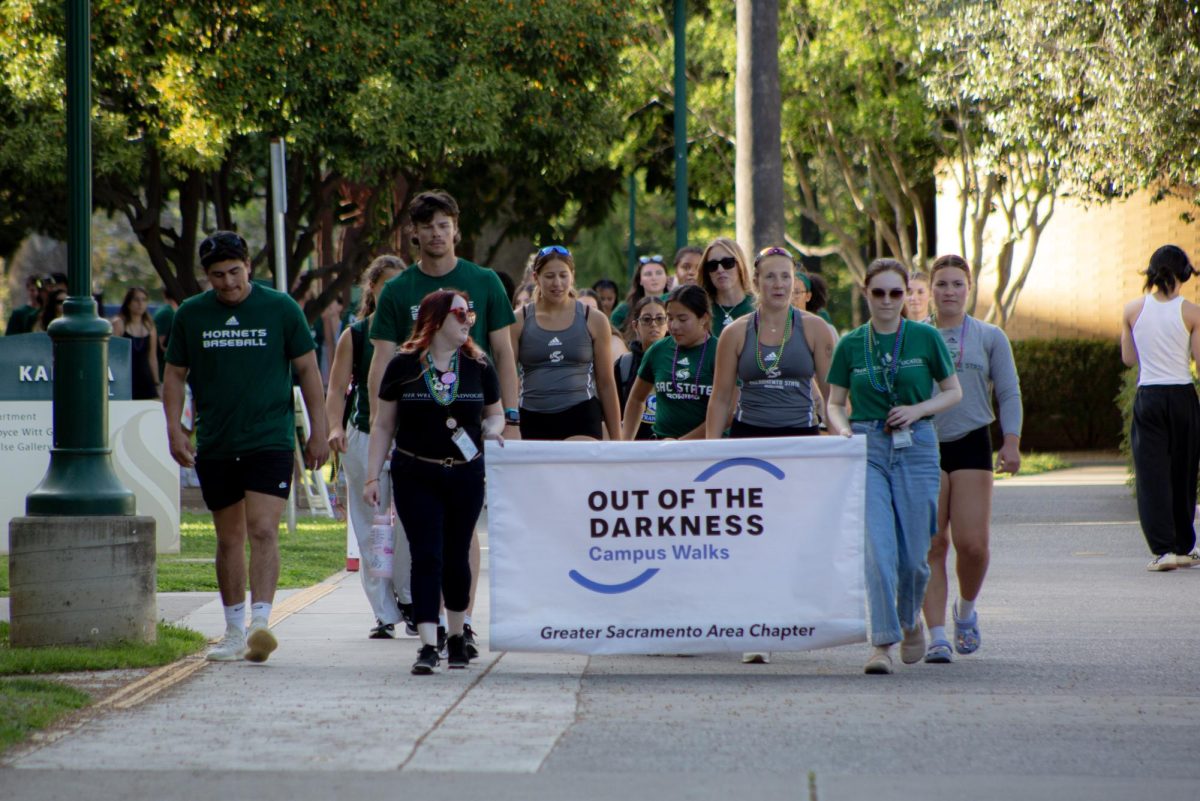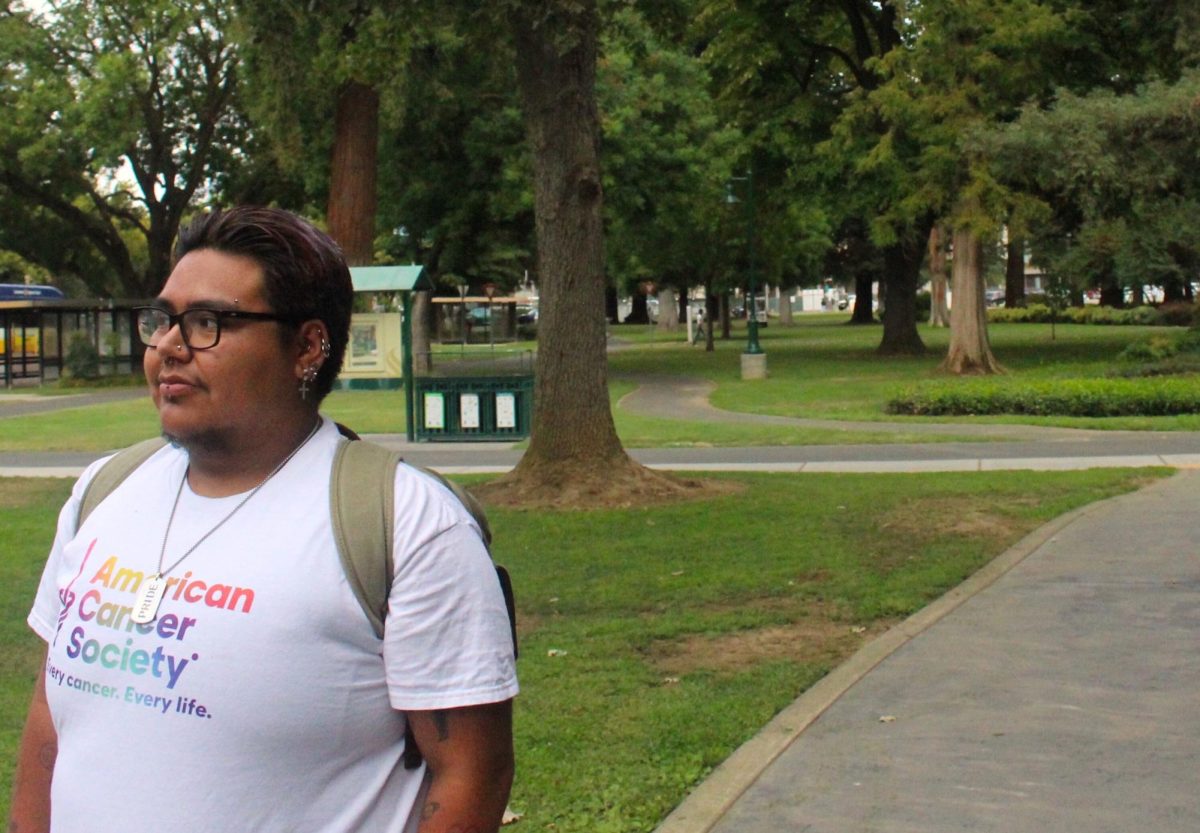This story is co-published with CapRadio.
During Asher Franco-Carreño’s two previous years working as an orientation leader at Sacramento State, he never filled out the entire university ballroom. This year, on their busiest days, he said an estimated 650 students and their parents poured in to contend for seats.
“We had to put more chairs in the university ballroom, the biggest event space on campus,” Carreño said. “We had to be extra vigilant and concerned about fire code violations because there were so many students coming.”
Carreño is a computer engineering major in his third year at Sacramento State, and is a part of the honors student program. He works with incoming students to acclimate them to college life during their orientation.
These students that crammed into orientation would then have to compete again for the few spots left in class sections reserved for incoming students.
“There were only about five or six sections with only a couple seats left for our hundreds of transfer students to fight for,” Carreño said.
According to Sac State President Luke Wood during his fall address in August, over 30,500 students are currently enrolled at the university for Fall 2025. This includes 8,340 incoming students, the second largest class Sac State has seen in its history preceded by Fall 2024.
This, alongside the state budget cuts that slashed class sections and reorganized departments, has led to an imbalance between resources and students. In an email statement, Sac State officials wrote that 167 additional course sections were added to the roster the Friday before classes began to try and meet demand. Carreño said that neither he, nor any other students, were notified of the change however.
Jonah Rapich is a third-year student with expressed interest in business at Sac State. The business program is impacted at Sac State, meaning students have several semesters worth of pre-requisite classes before they can be admitted into the major.
As a result, Rapich has seen students pile into prerequisite classes in the hopes of getting added, which he says will make it harder to get help in difficult courses.
“My business math class has way too many people in it,” Rapich said. “There’s at least 100 people in seats, and then we’ll have maybe a dozen or two [dozen] people that have to stand in the back.”
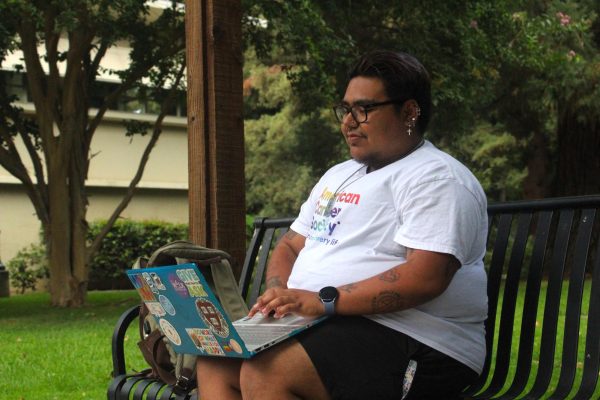
Carreño echoes the sentiment, saying that he has seen faculty move classrooms and petition to his department heads to increase how many students can be allowed into certain classes.
Rapich was able to get his classes in April, but states that he is one of the lucky few who had no problems. According to Wood, during the Fall Address, many class sections and courses were reinstated over the summer after state funding cuts were decreased from 8% to 3%. However, this still does not account for the increase in students on waitlists as not all the planned courses have returned.
“There’s not many classes, there’s not many teachers, there’s way too many students. Our campus is bogged down,” Rapich said.
Jennie Chalios is a lecturer at Sac State teaching First Year Seminar, a mandatory class for incoming freshmen to build the skills required to be successful in college. The course offers easier access to advising, campus resources and peer support.
“[First Year Seminar] is a proactive way of solving problems before they occur,” Chalios said.
Chalios has been teaching this course at Sac State and a similar one at American River College for over 20 years. She said that she is hopeful for the newest class of freshmen. This, alongside the Hornet Launch program that reserves the first year of class schedules for incoming freshmen, helps combat many of the problems other students have regarding enrollment.
“[Freshmen] are hungry for knowledge,” Chalios said. “[High enrollment is] really promising, I really hope they’re able to get what they need.”
Freshmen only made up about 13% of students in Fall 2024 however, with over 25,800 students being new or returning transfers from other institutions. Carreño says that, though freshmen are set up, incoming transfer students tend to struggle more as they are some of the last to enroll in classes.
“When [Hornet Launch] needs to build those schedules, they cut off those seats from everybody else, and that’s where the problem lies,” Carreño said. “We’re always trying to recruit to community colleges and different programs for more transfer students, and yet, when they come to campus, we don’t have the classes for them.”
Suan Fuentes-Lozano, a third year psychology major who just transferred to Sac State from Modesto Junior College, is one of these students.
Lozano was only able to get two out of the five classes she needed during her orientation over the summer, and until August she did not know if she would have enough of her major classes.
“All of the classes that were for my major were pretty filled up, even the ones that were reserved for orientation,” Lozano said. “I slipped away for ten minutes and they were full already.”
Though she eventually added other classes, some that do not relate to her major, the constant changes to her schedule made it difficult to manage. This led to Lozano being reprimanded at her part-time job due to the changes in her availability.
“It was kind of like a precursor to a warning, they didn’t like that I had to switch my classes up,” Lozano said.
Lozano said that, despite everything, she is still happy with the classes she did get. She notes that Sac State was a good fit for her, but that the experience is substantially different from her time at community college.
Carreño, alongside Lozano, is concerned that he will be unable to get the classes he needs next Spring. His family is unable to fully support his education, so he has had to take out over $5,000 in personal loans alongside other loans on behalf of his parents.
For Carreño, there is too much at stake if he cannot graduate on time.
“I, along with a lot of other people I know, are just digging ourselves into debt to try and graduate in a timely manner,” Carreño said. “It’s a domino effect: If there’s not enough classes, then graduation gets put off, and then more loans, and then we’re just screwed for the rest of our lives.”
In a statement, Sac State said that, alongside the additional courses added before the semester, the university will continue to evaluate course availability despite ongoing systemwide budget issues.
“Though Sacramento State and the CSU system are navigating significant budget constraints, we are continuing to evaluate course offerings and are working closely with students to keep them on track for graduation,” The statement said. “We strongly encourage any student facing challenges getting registered for the classes they need to connect with their advisor for support.”



